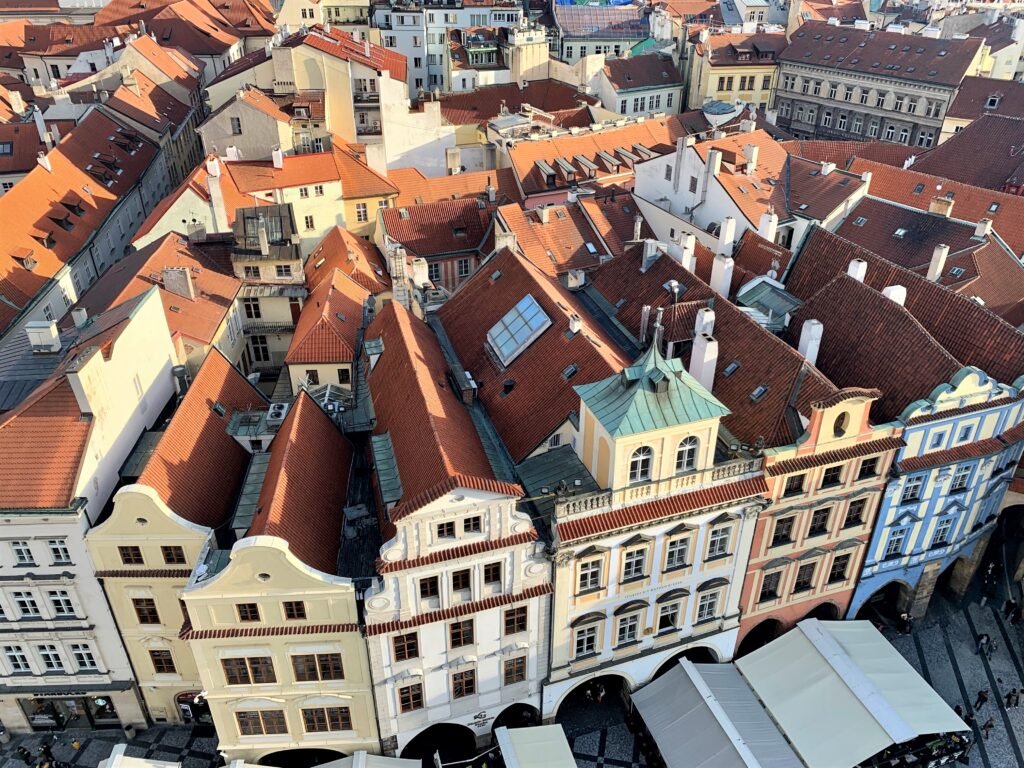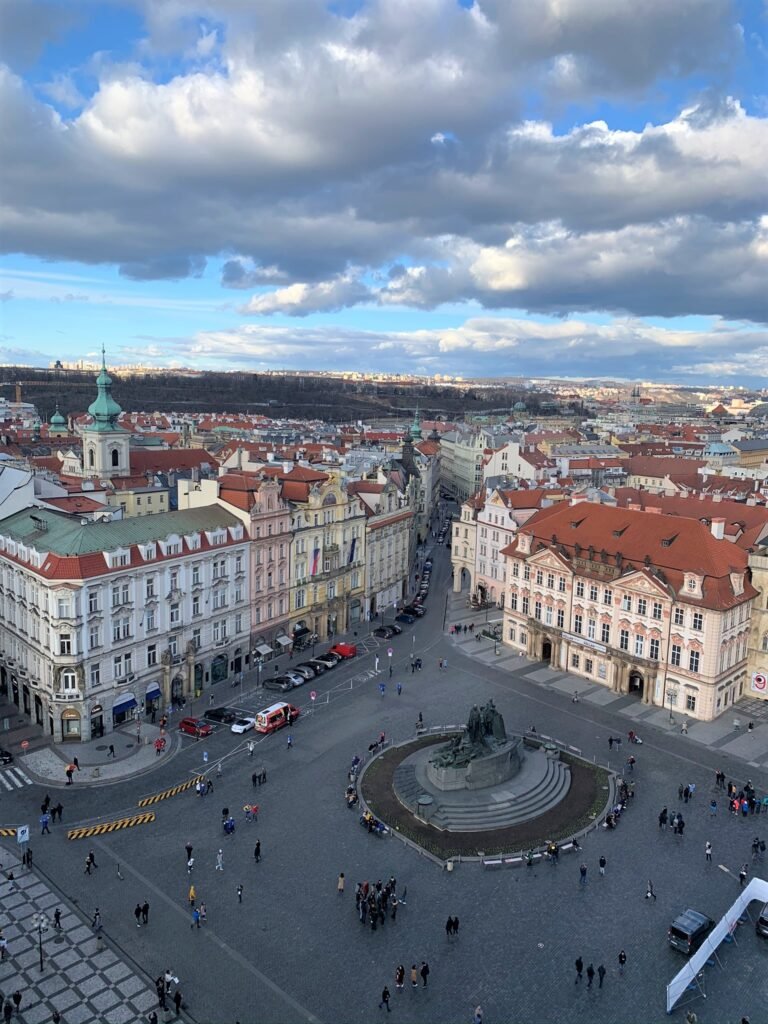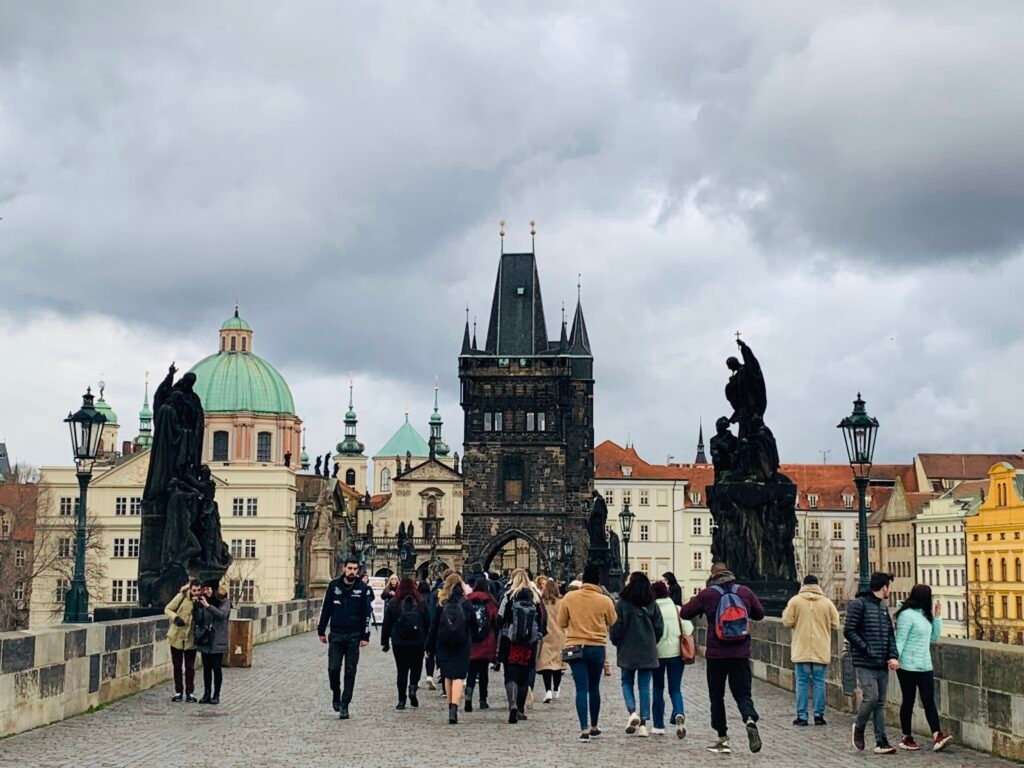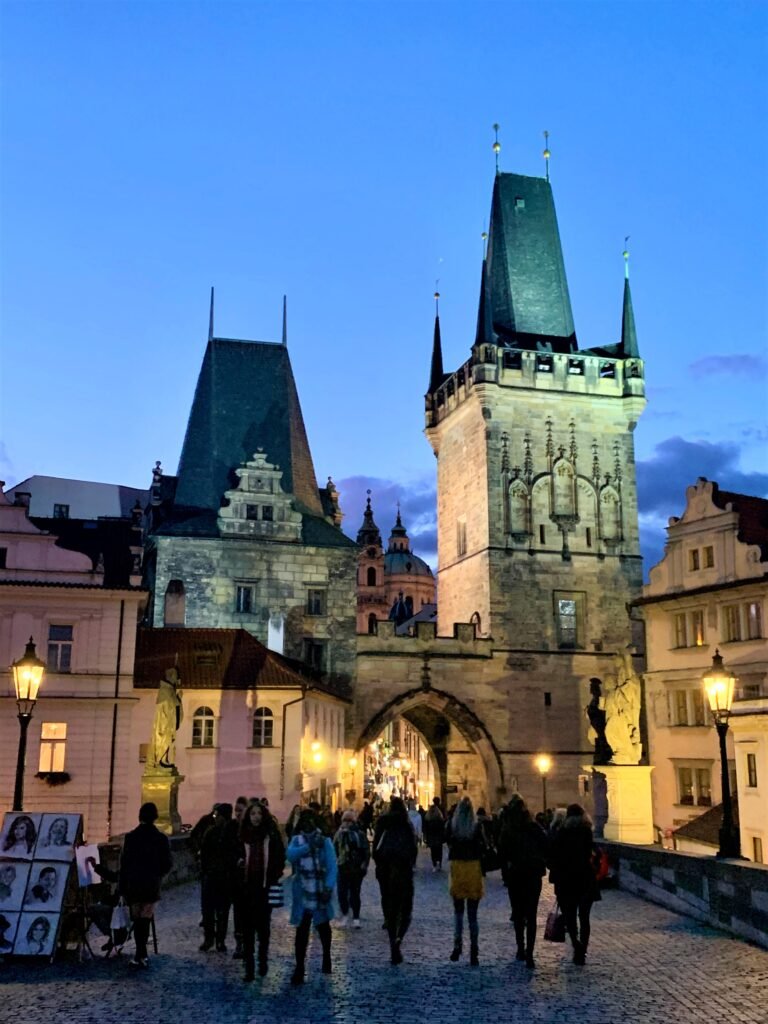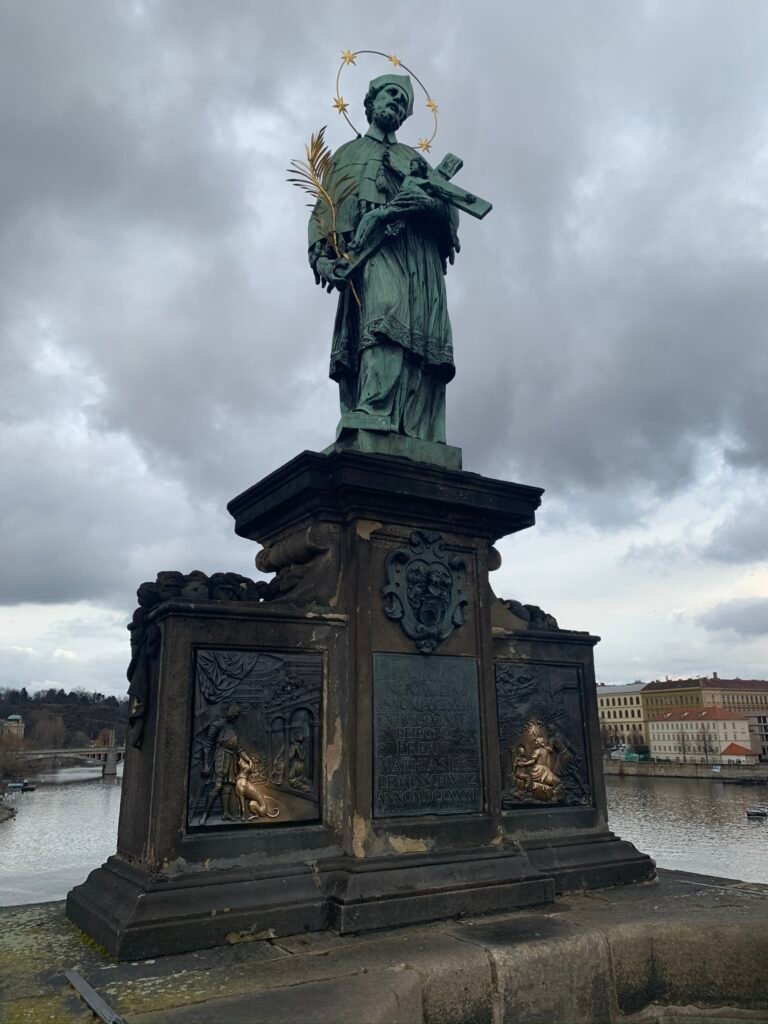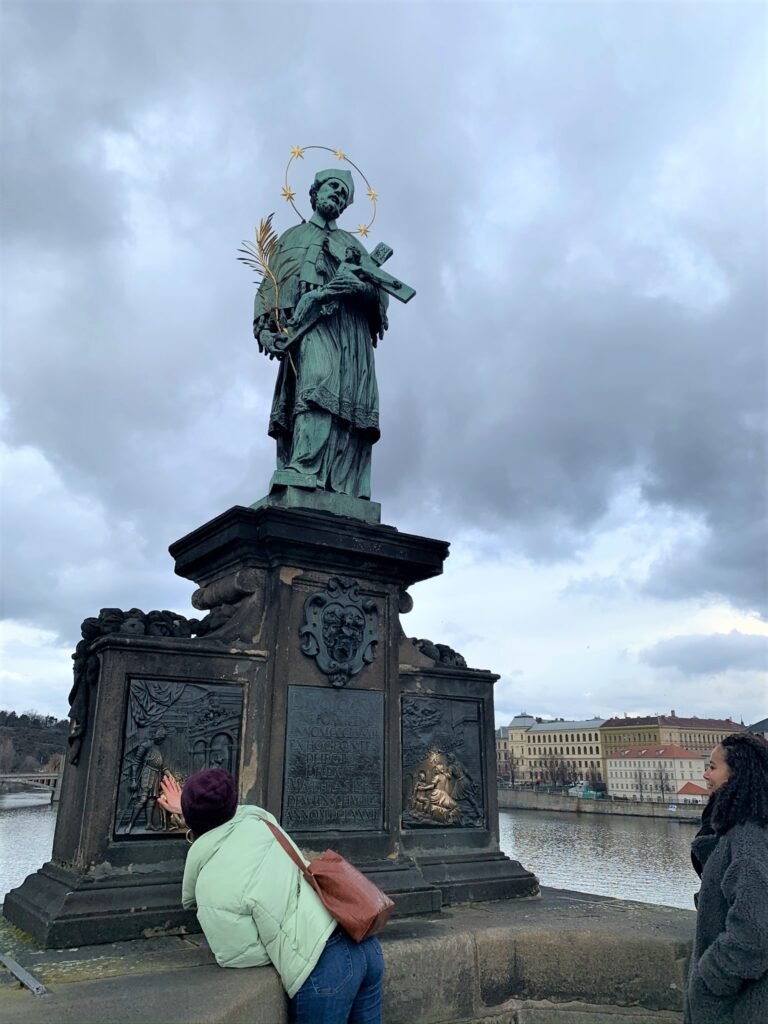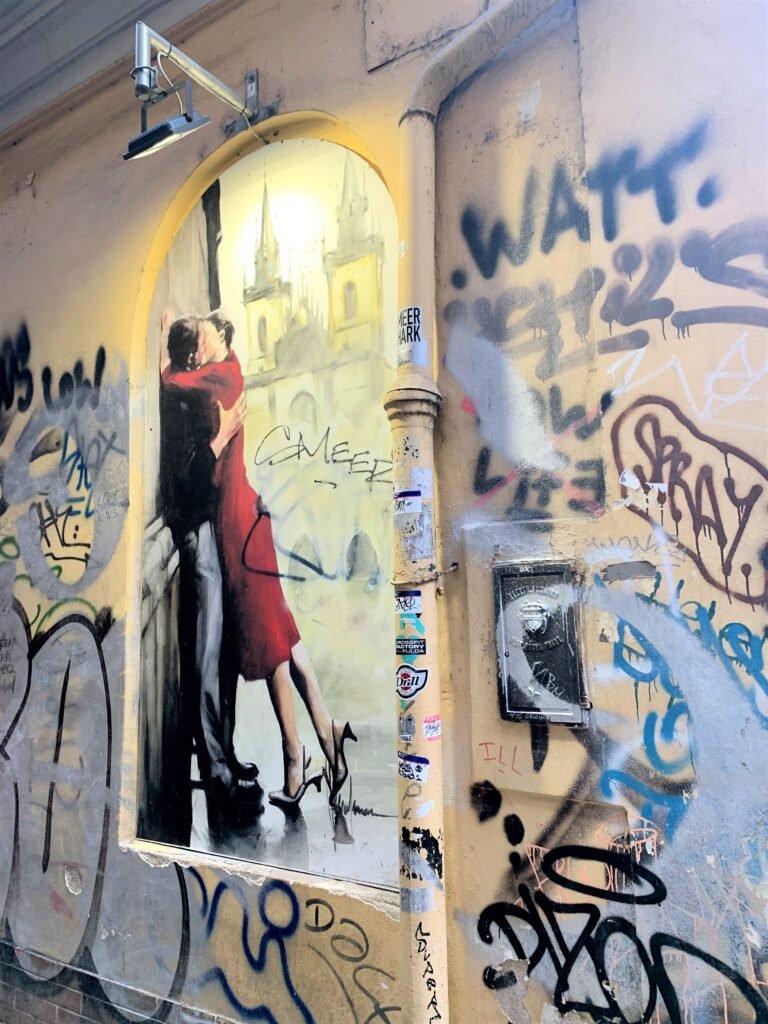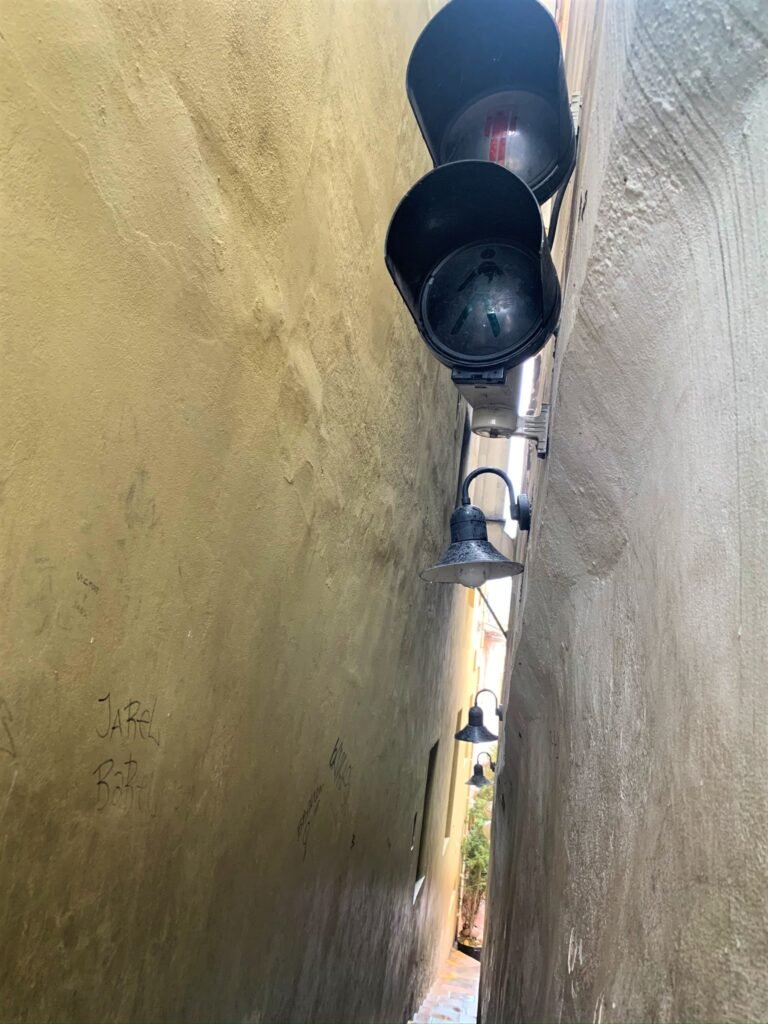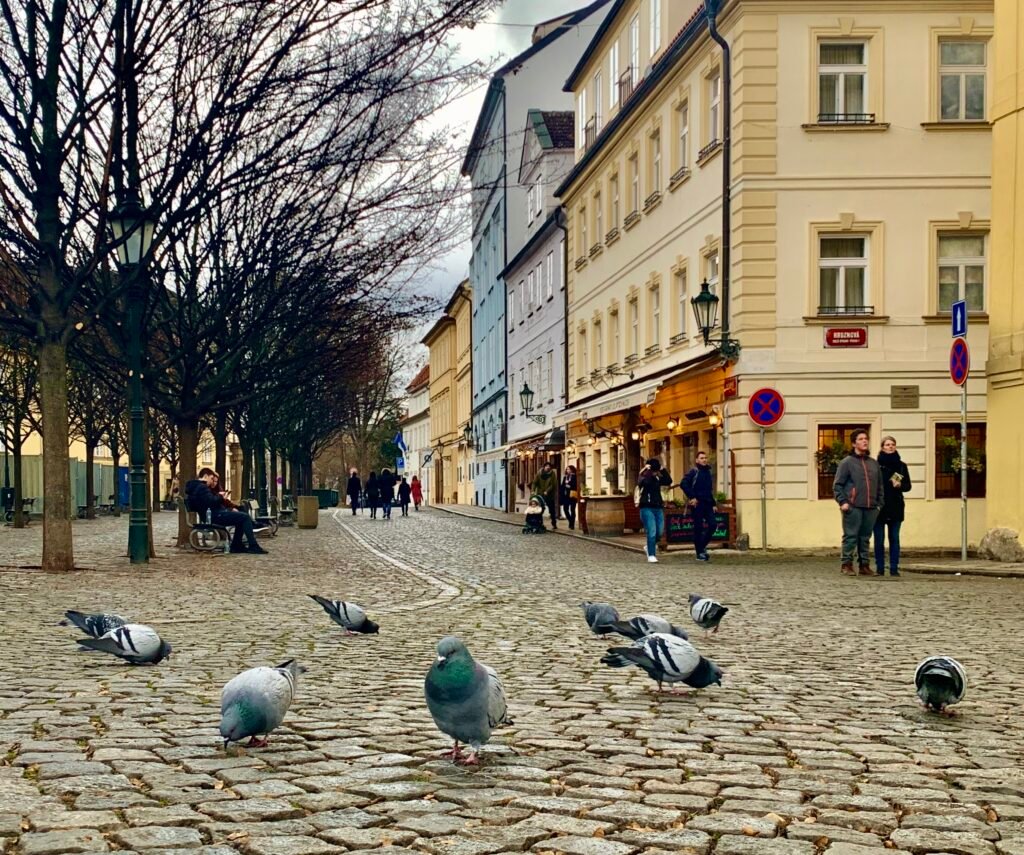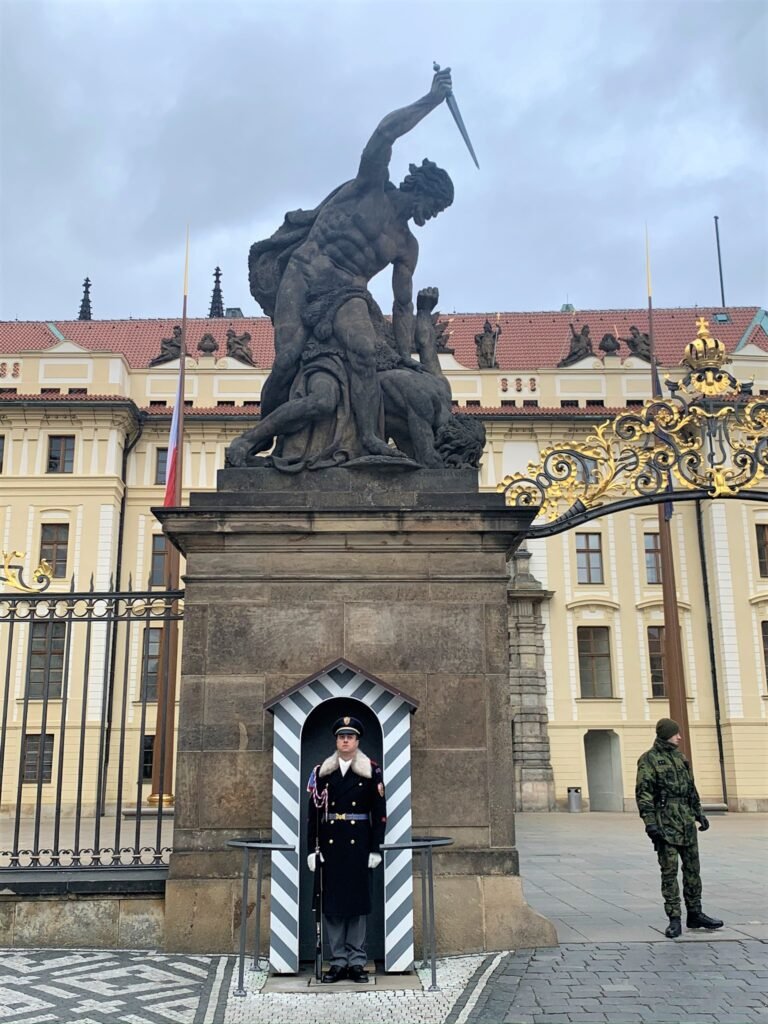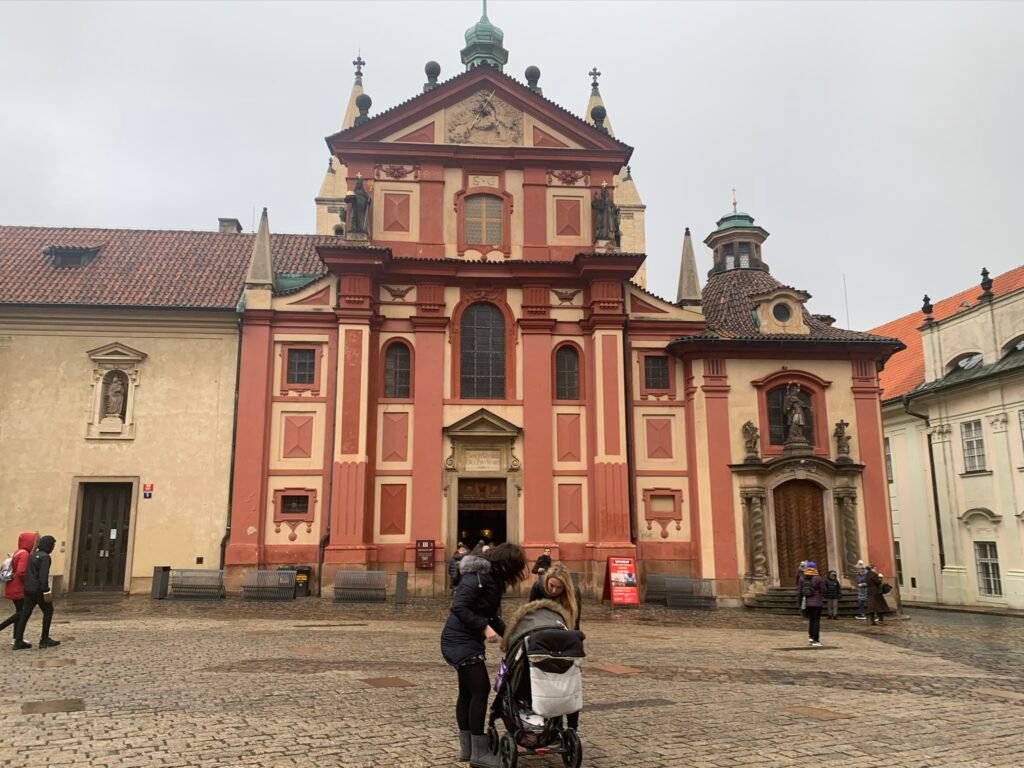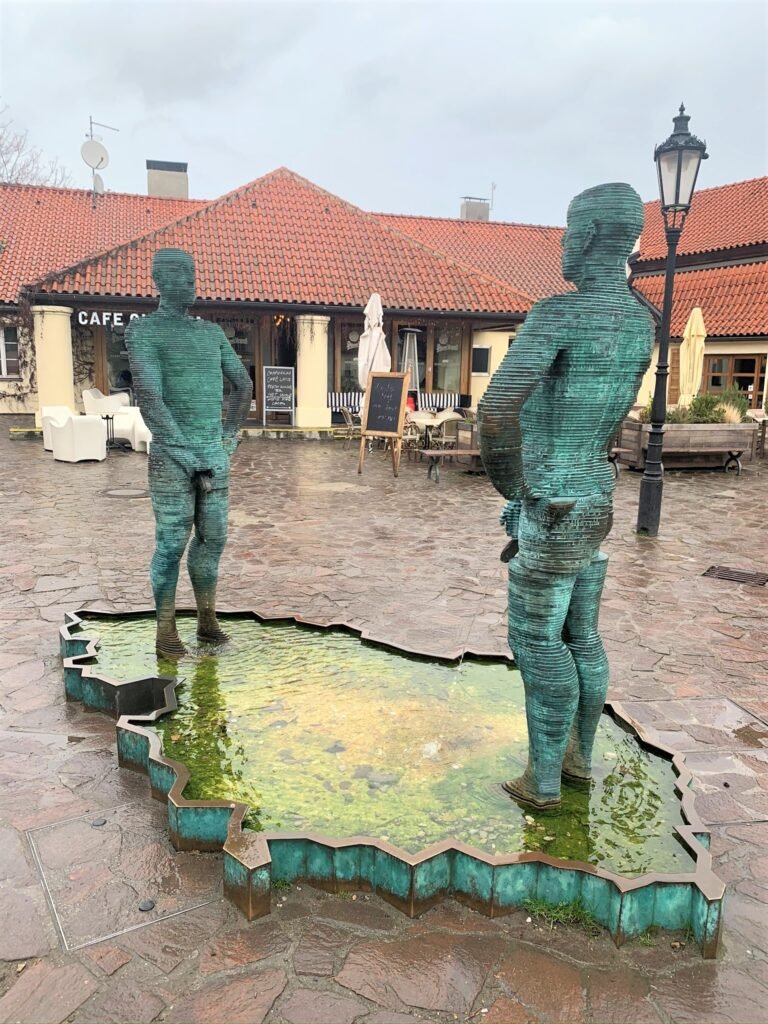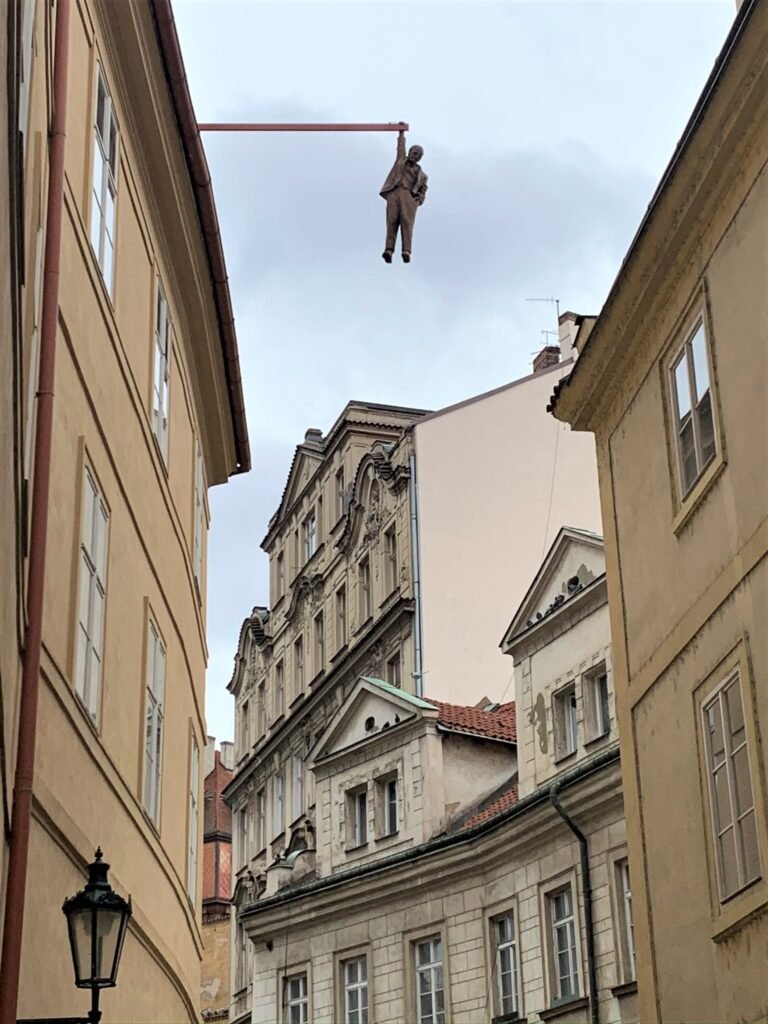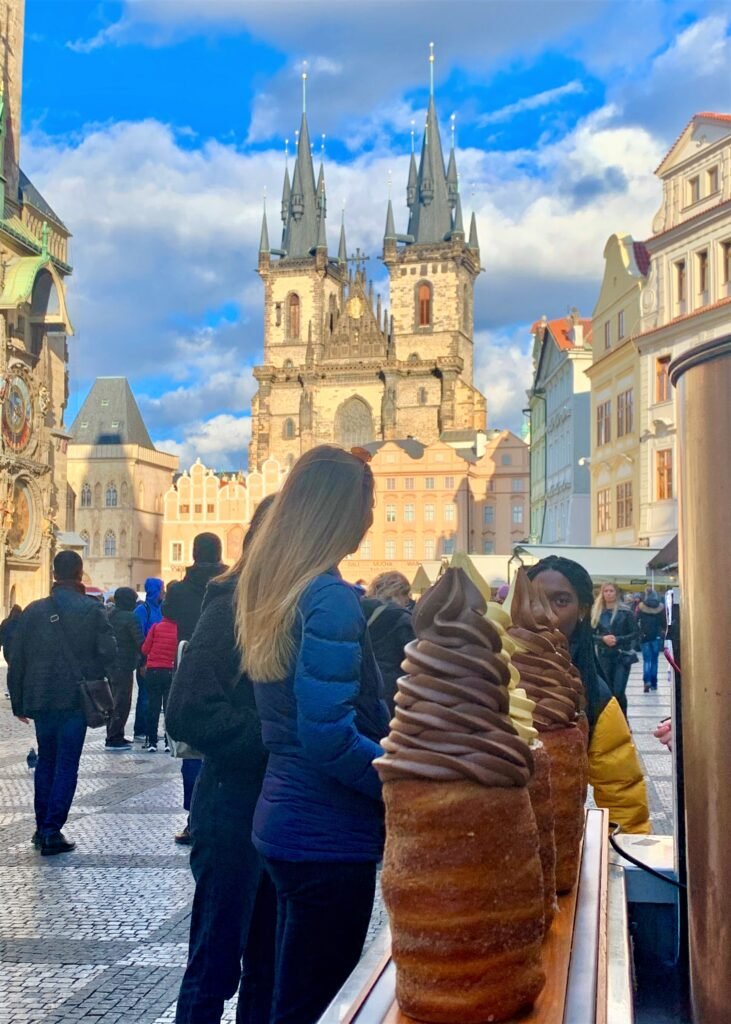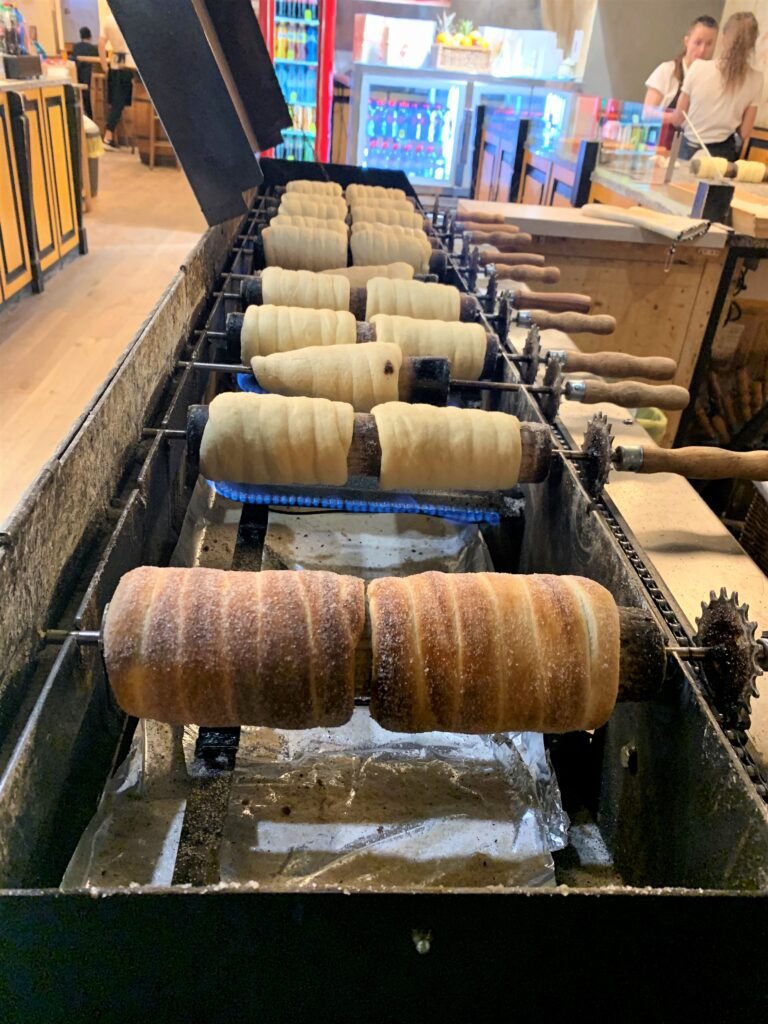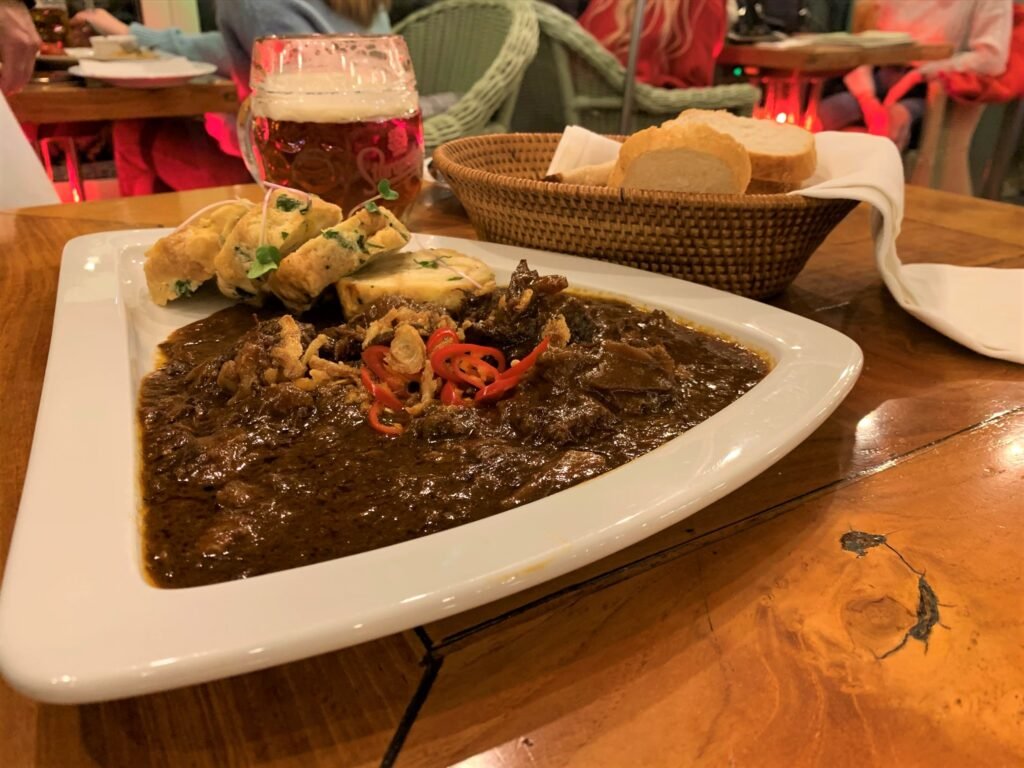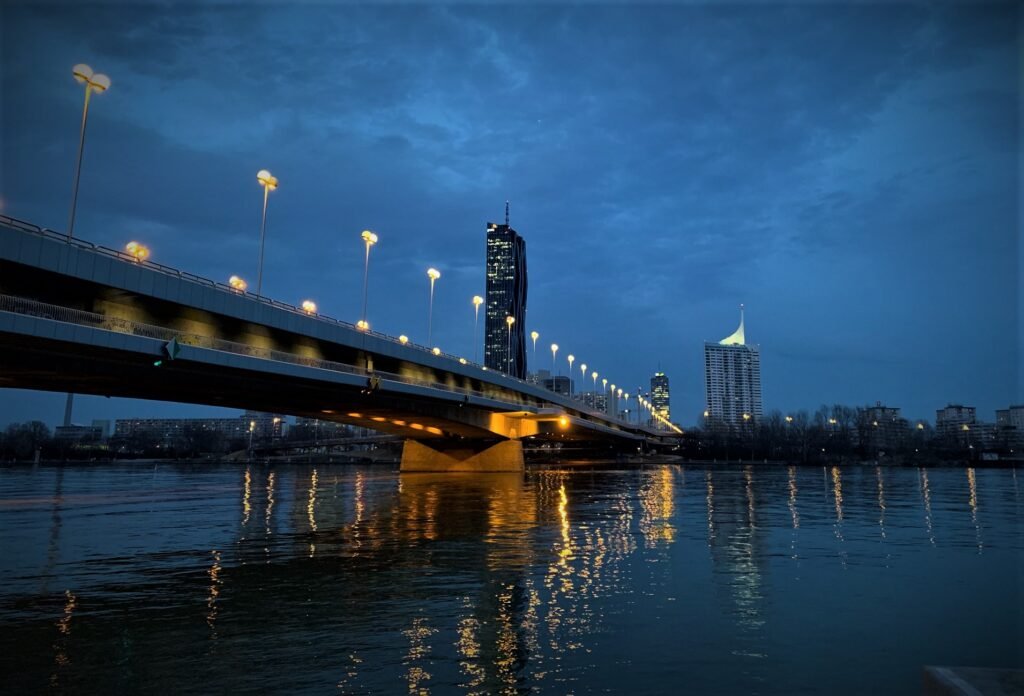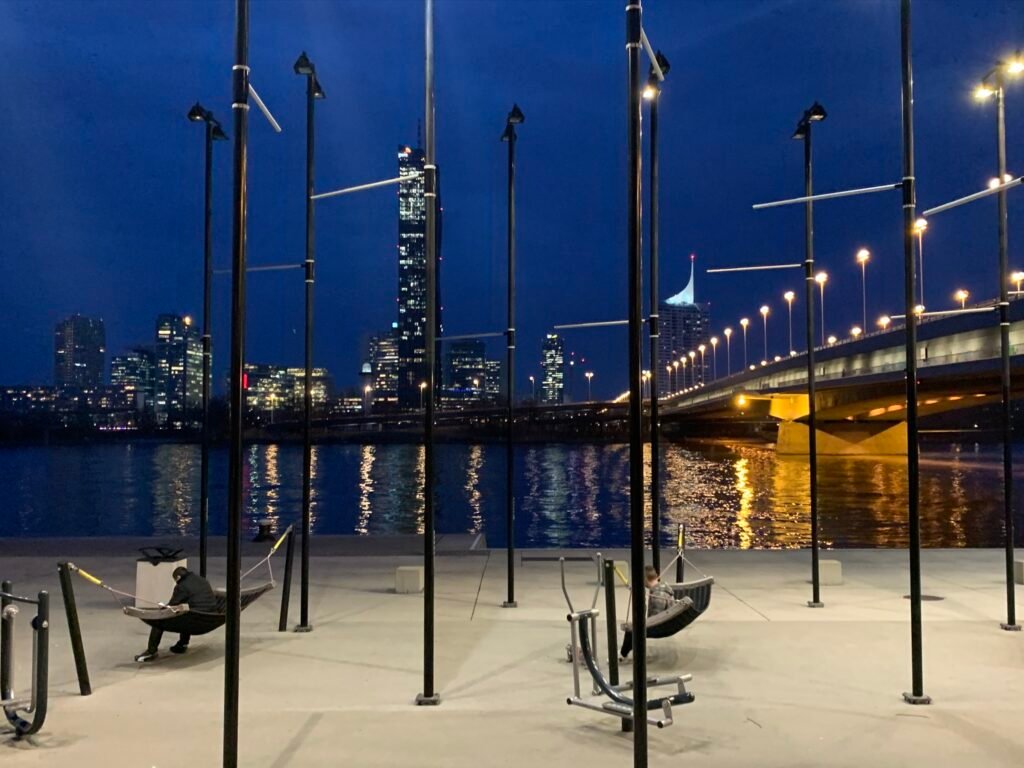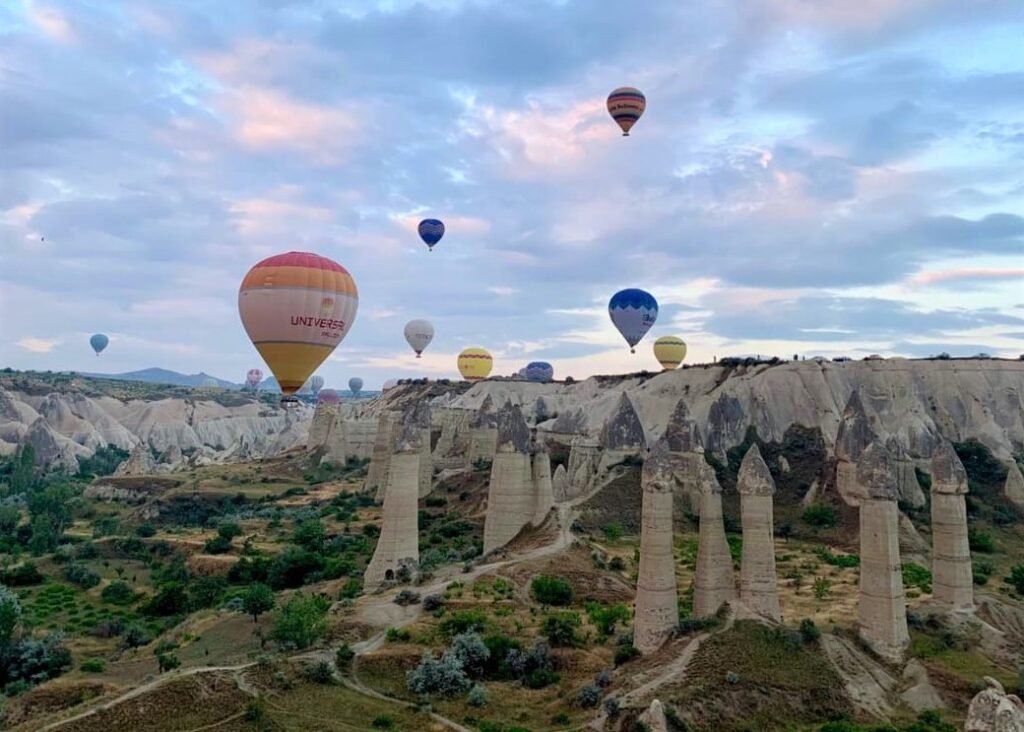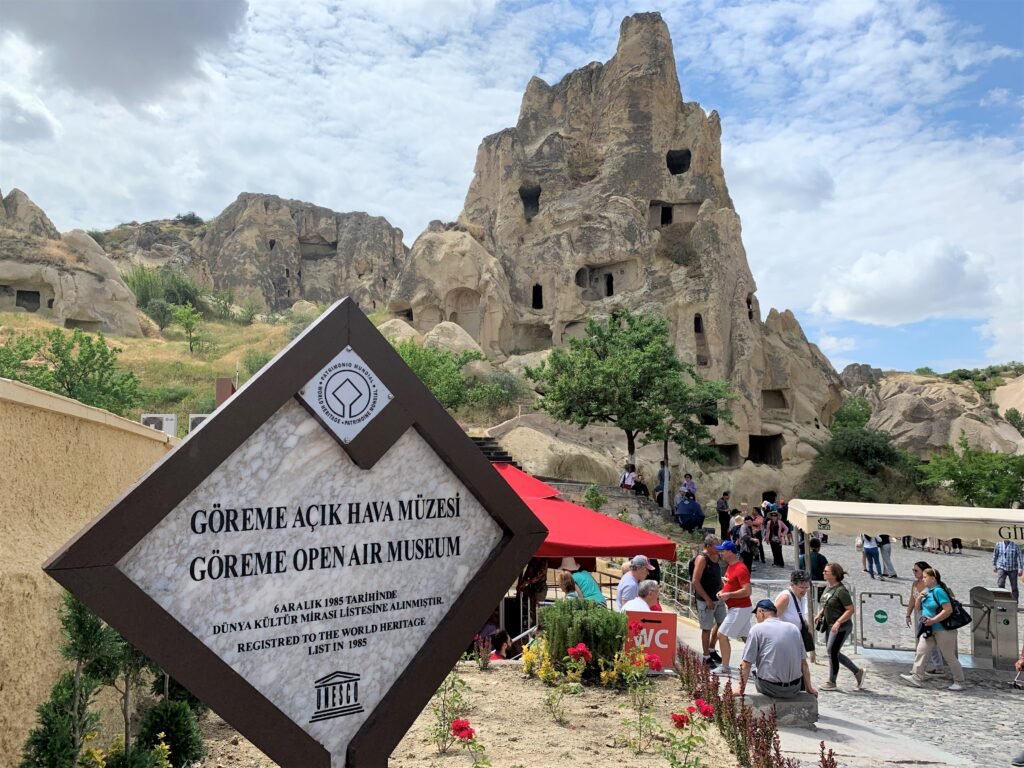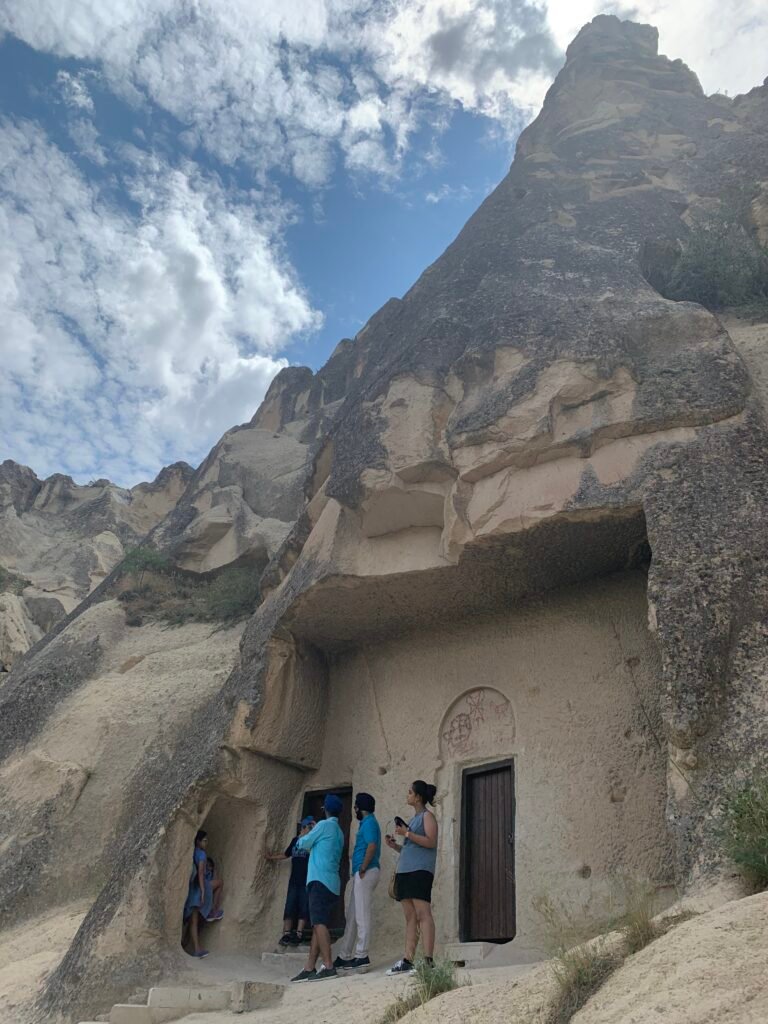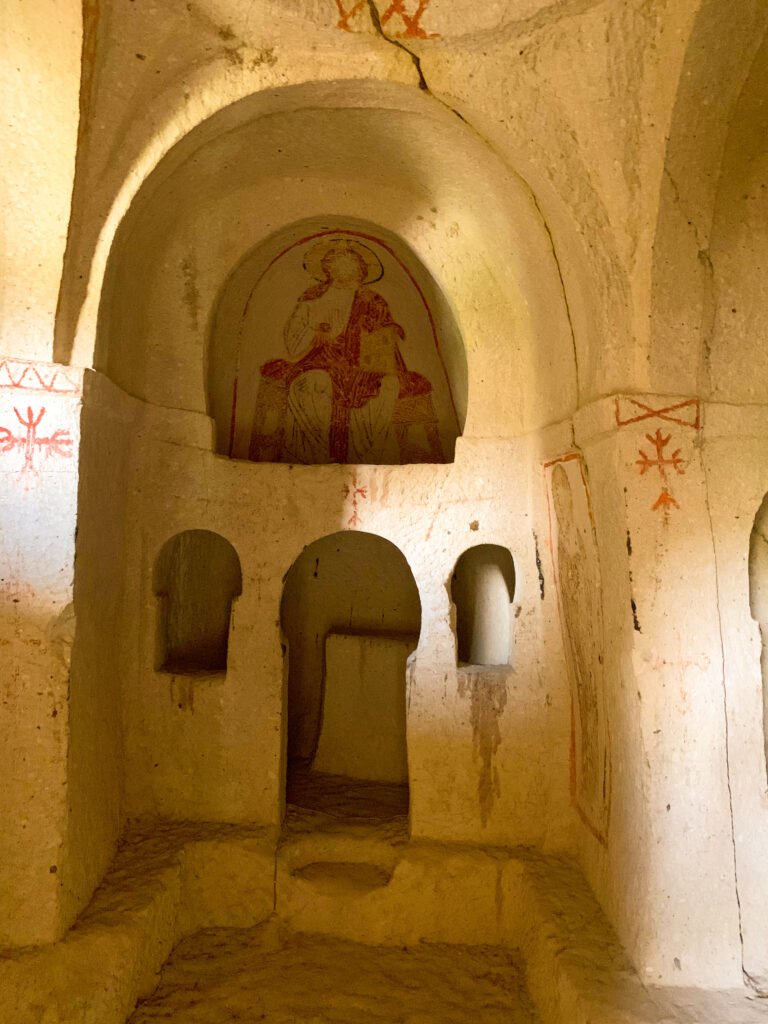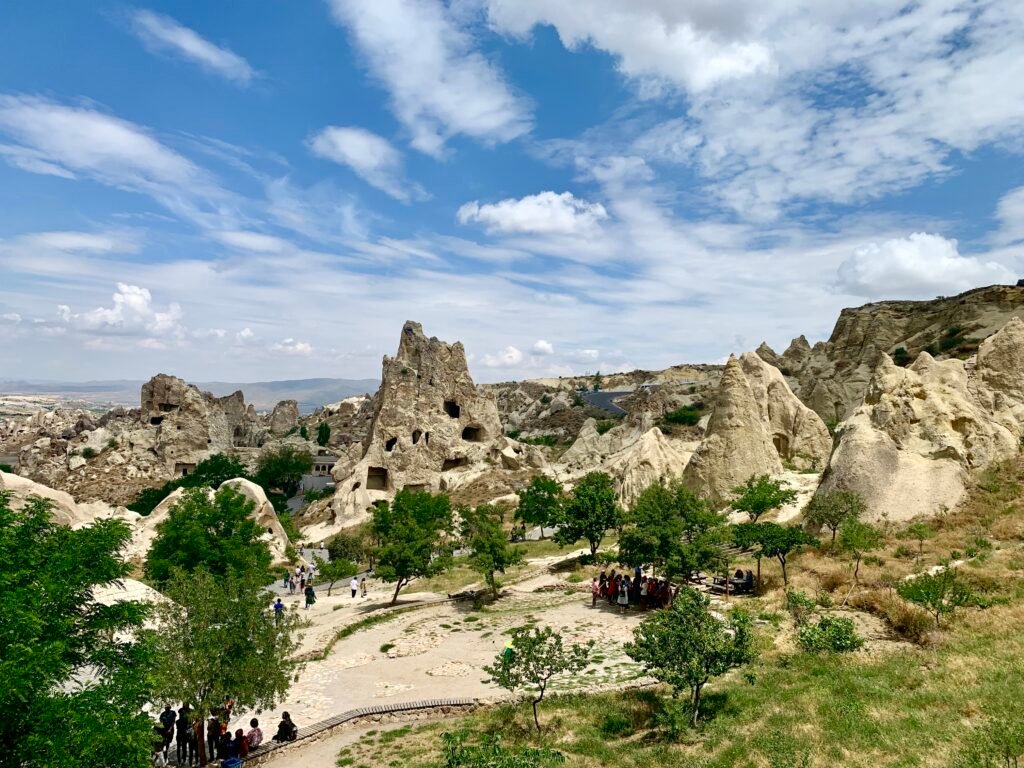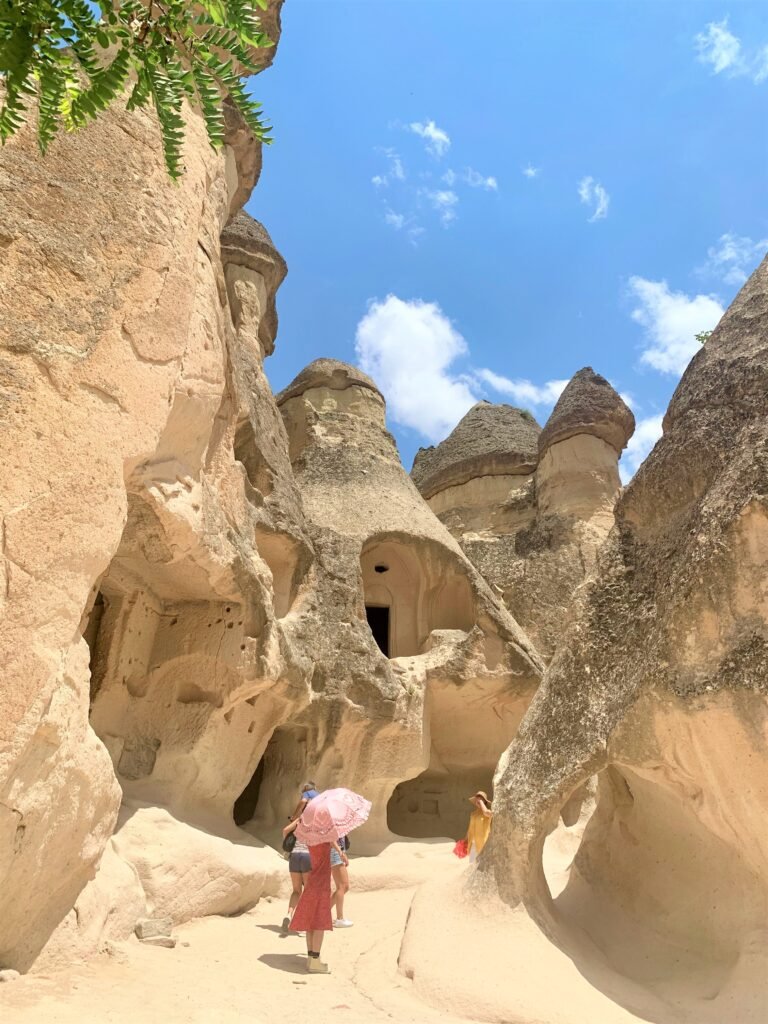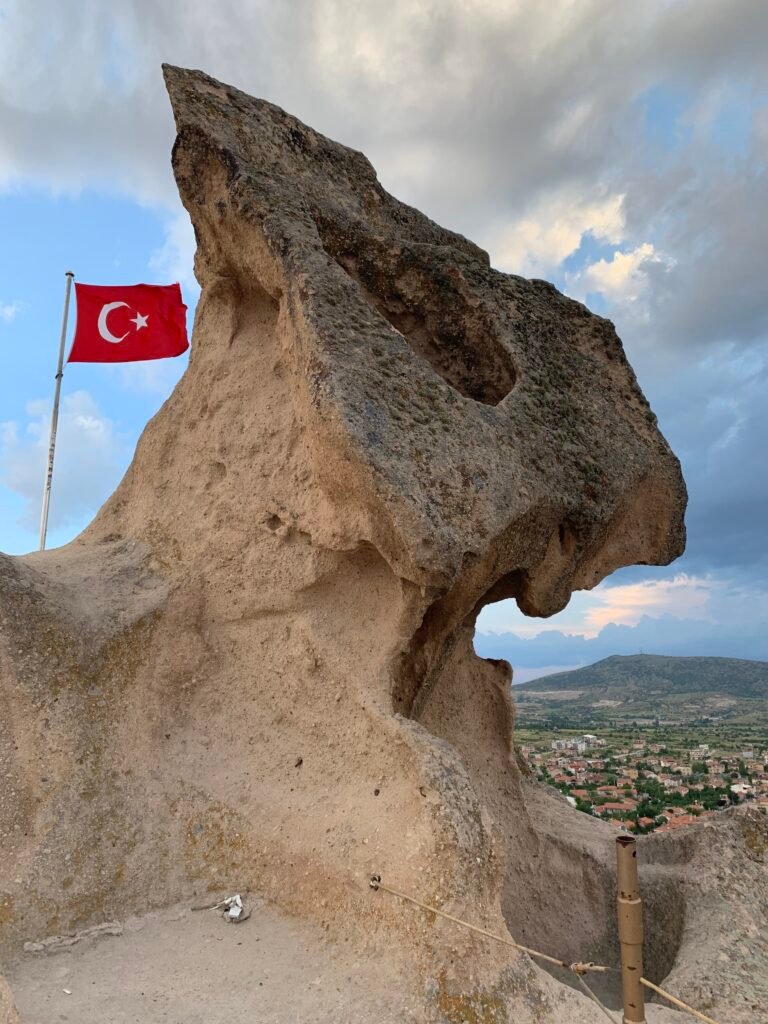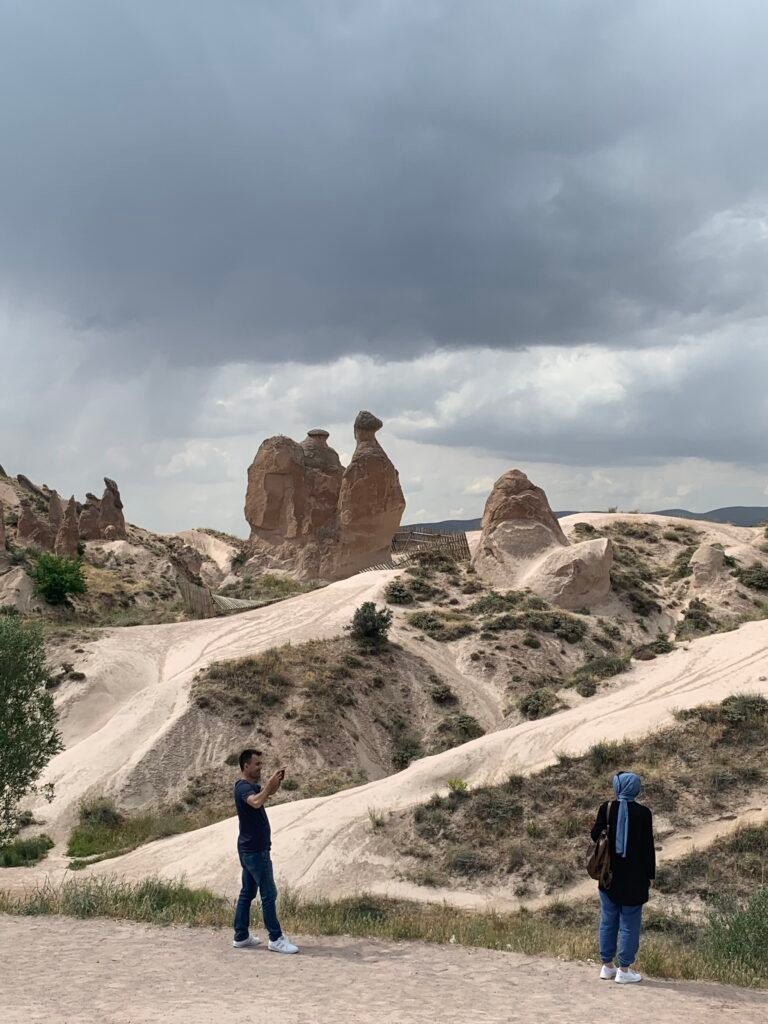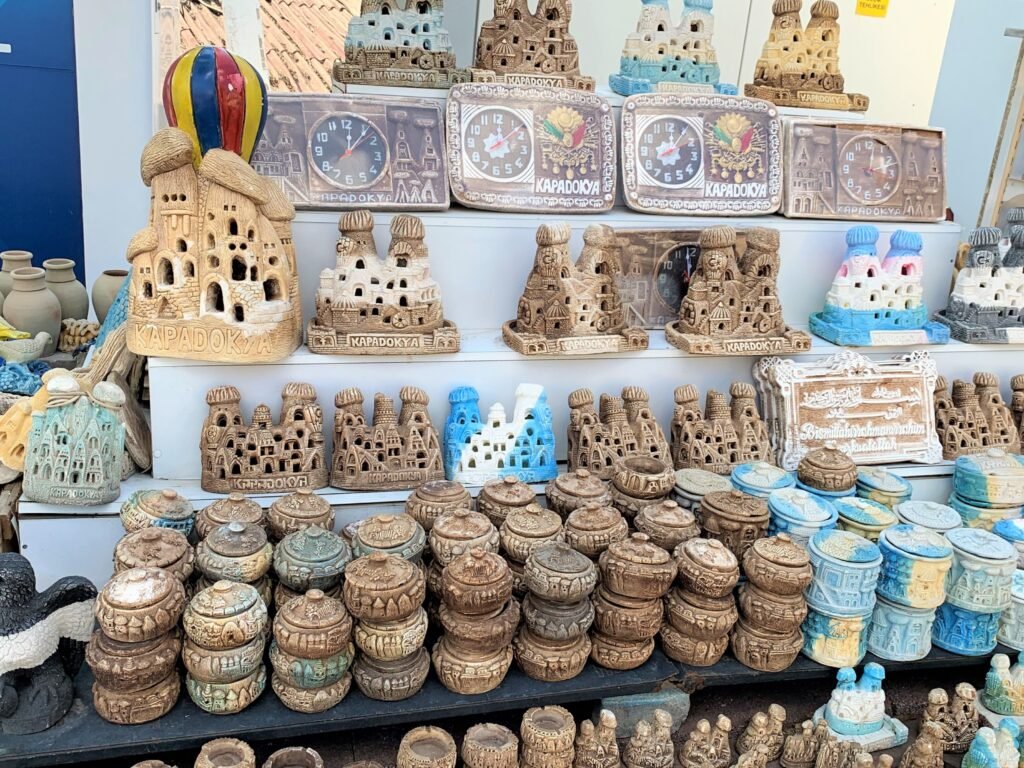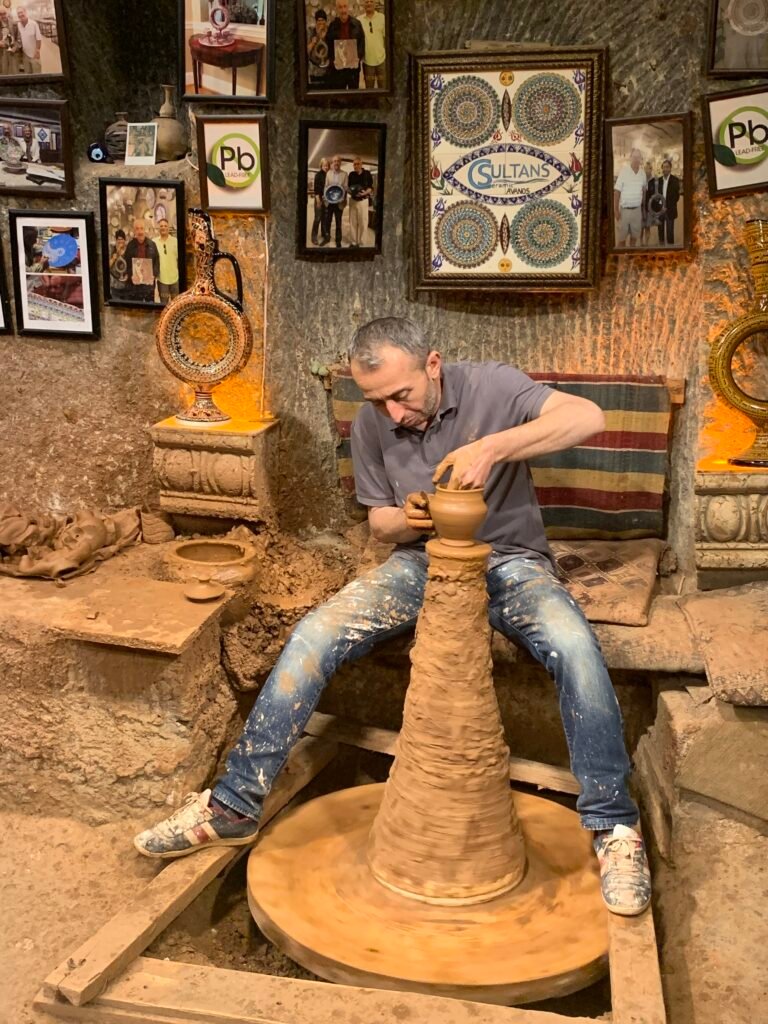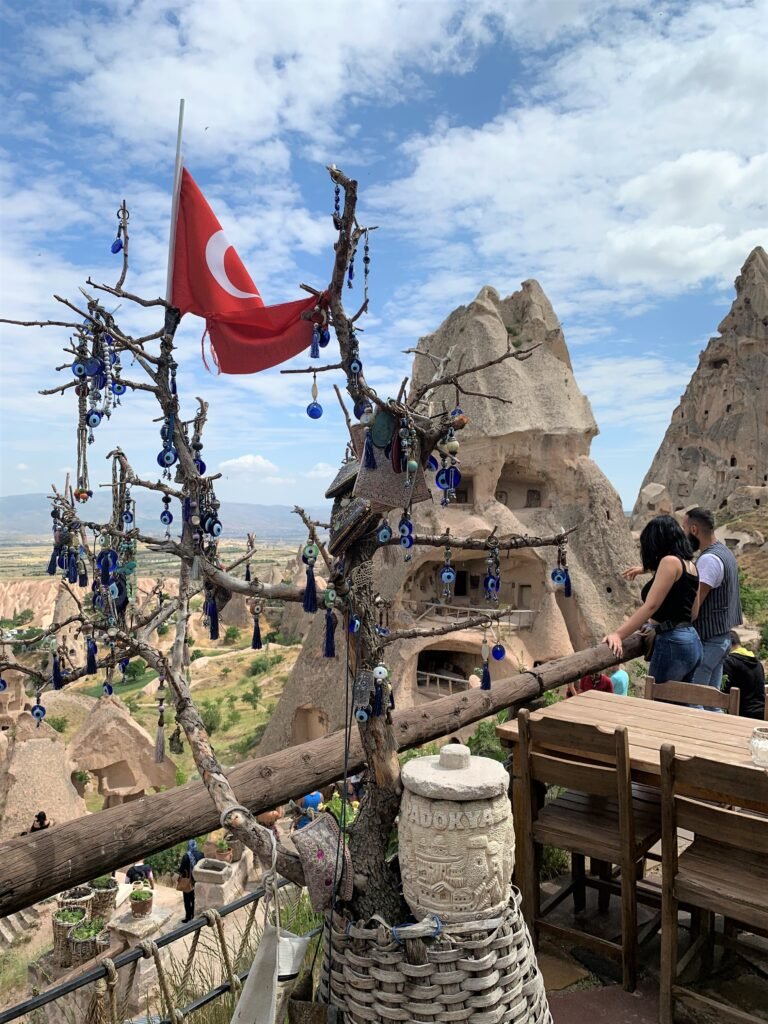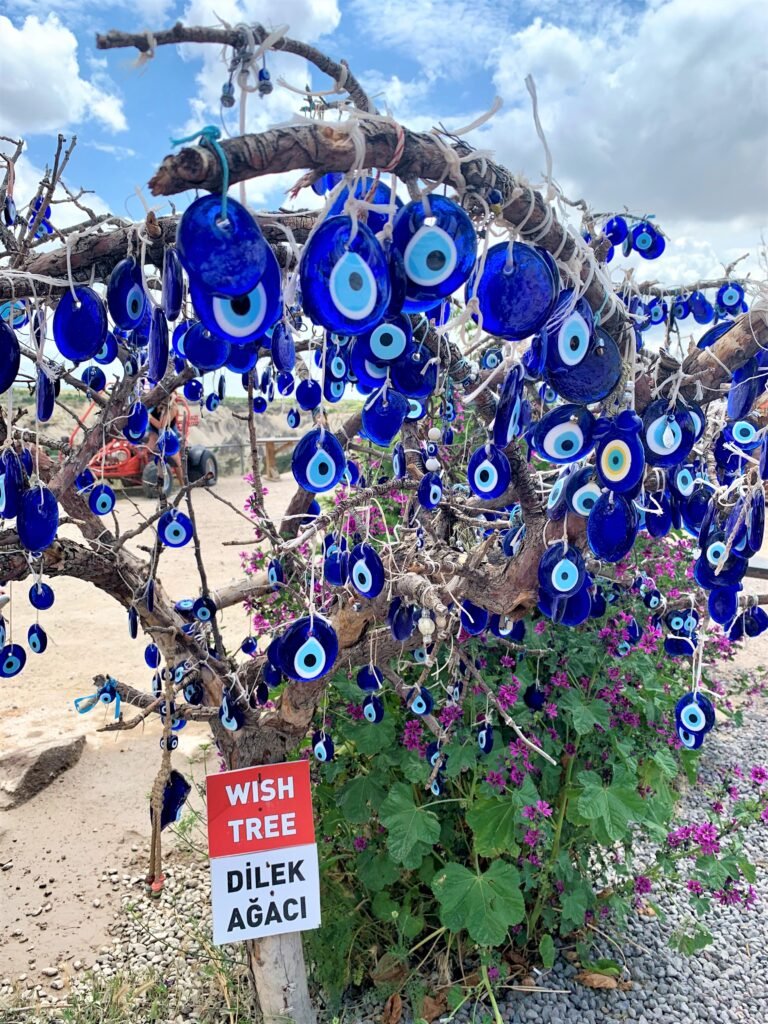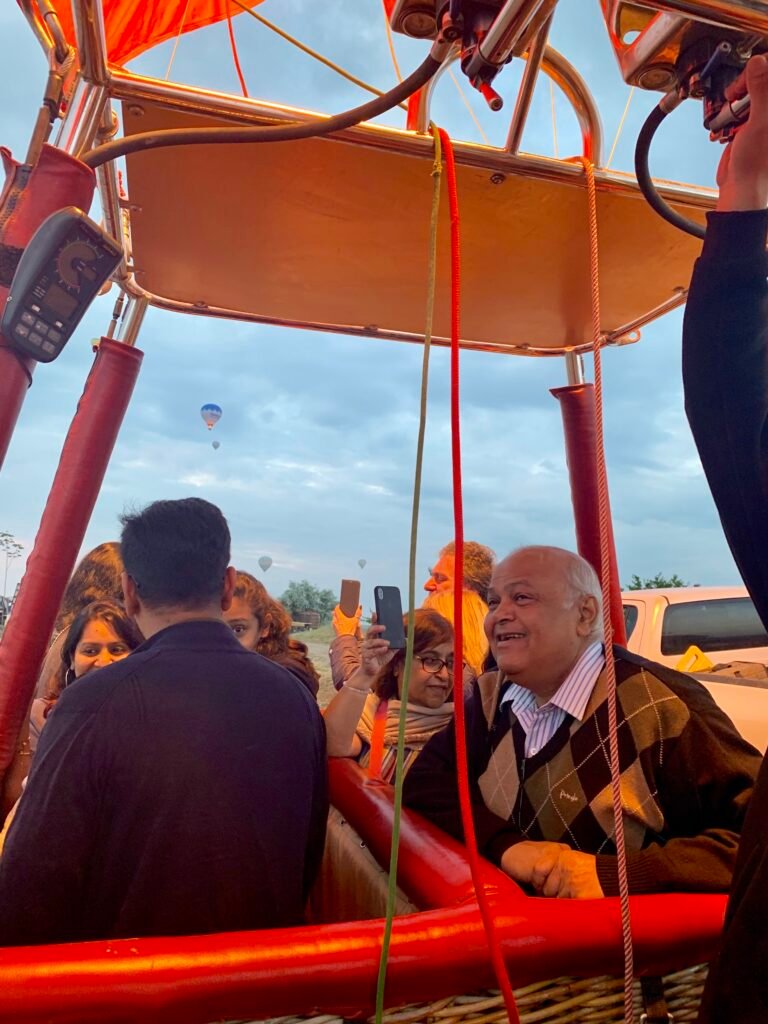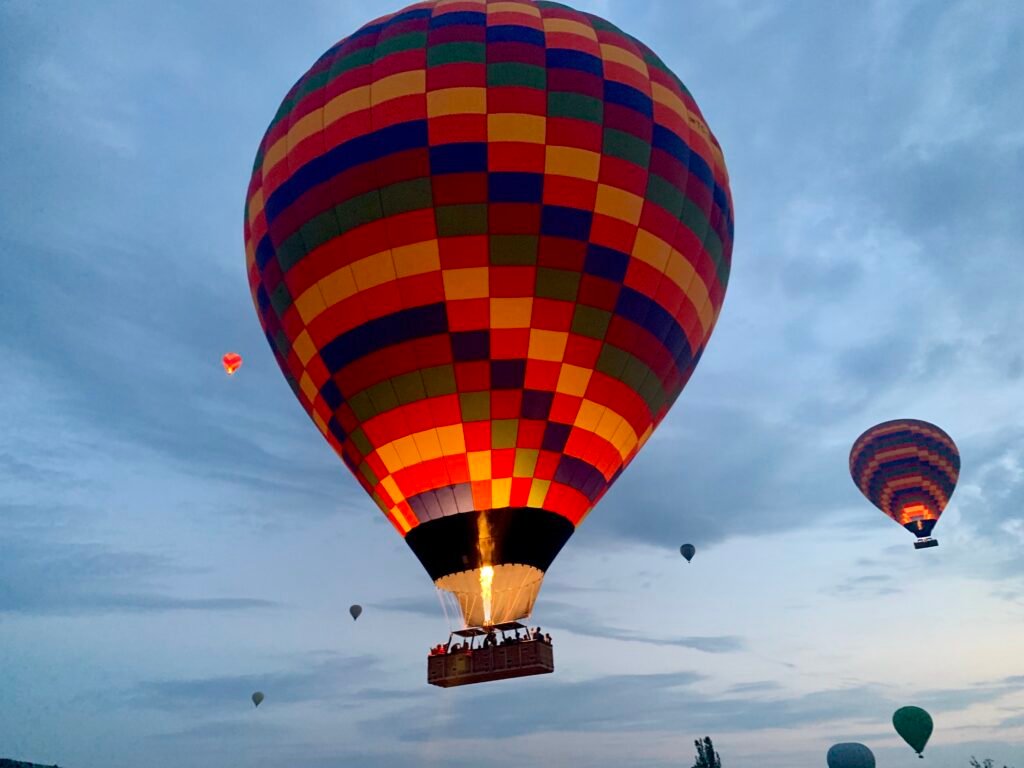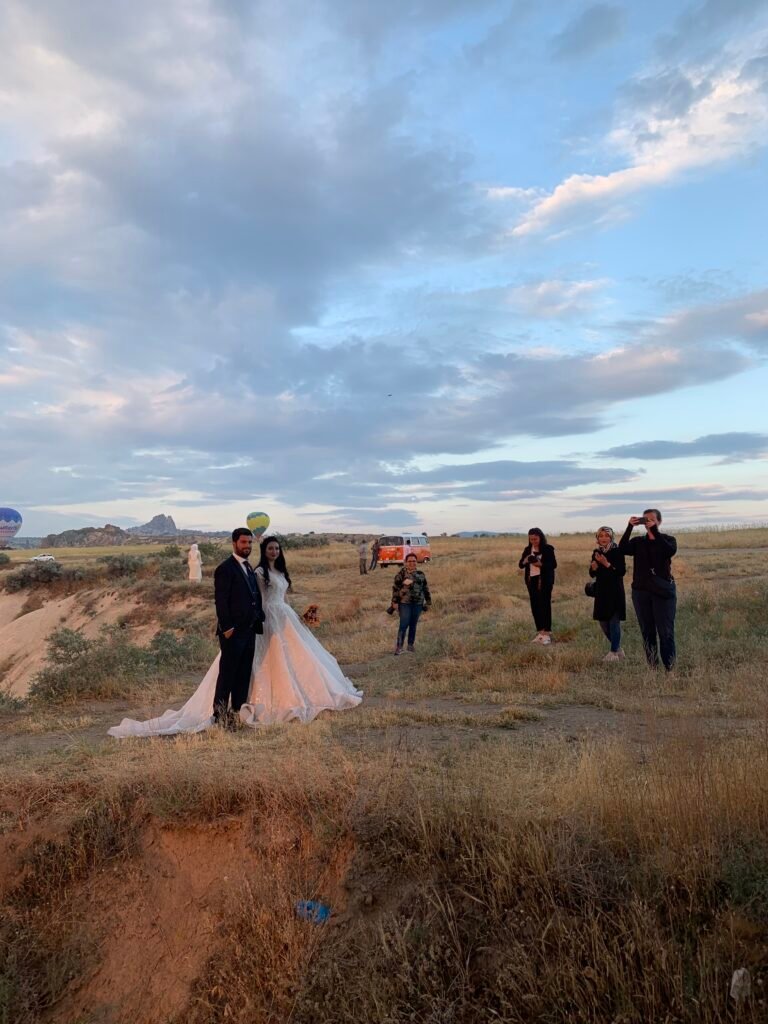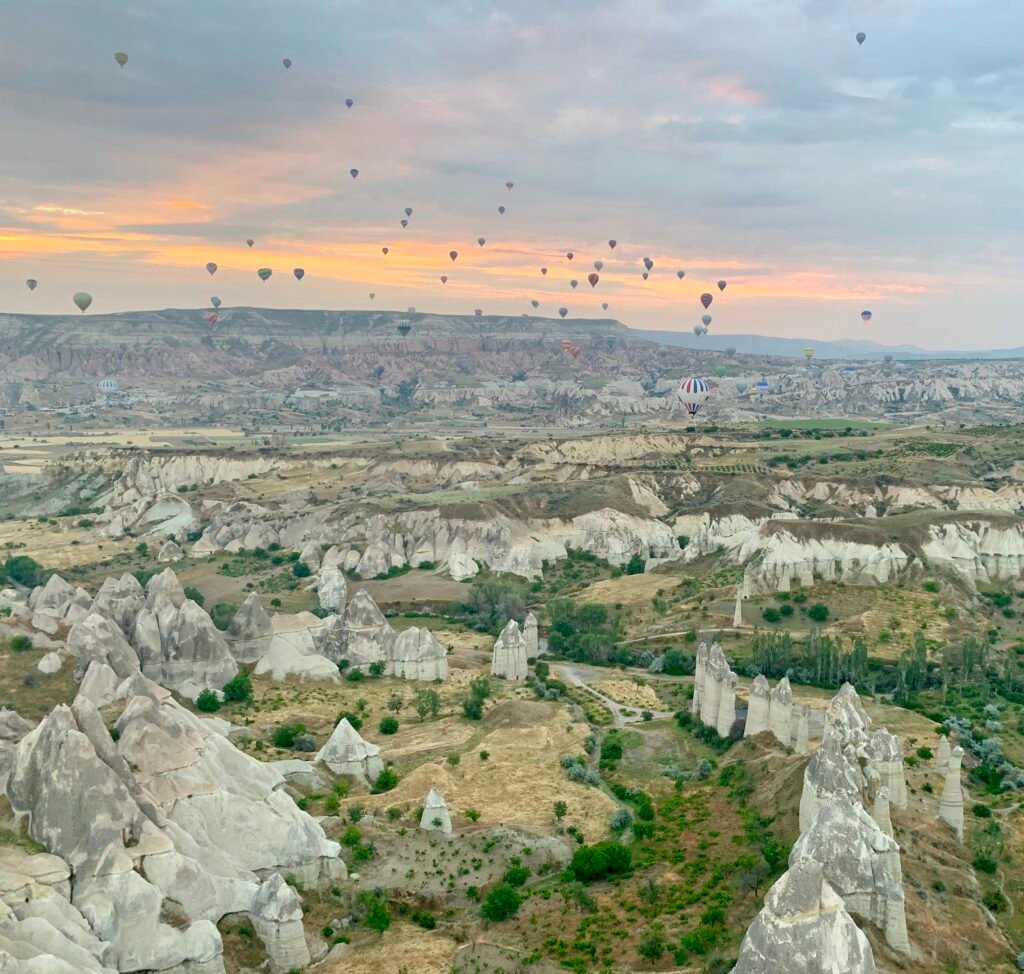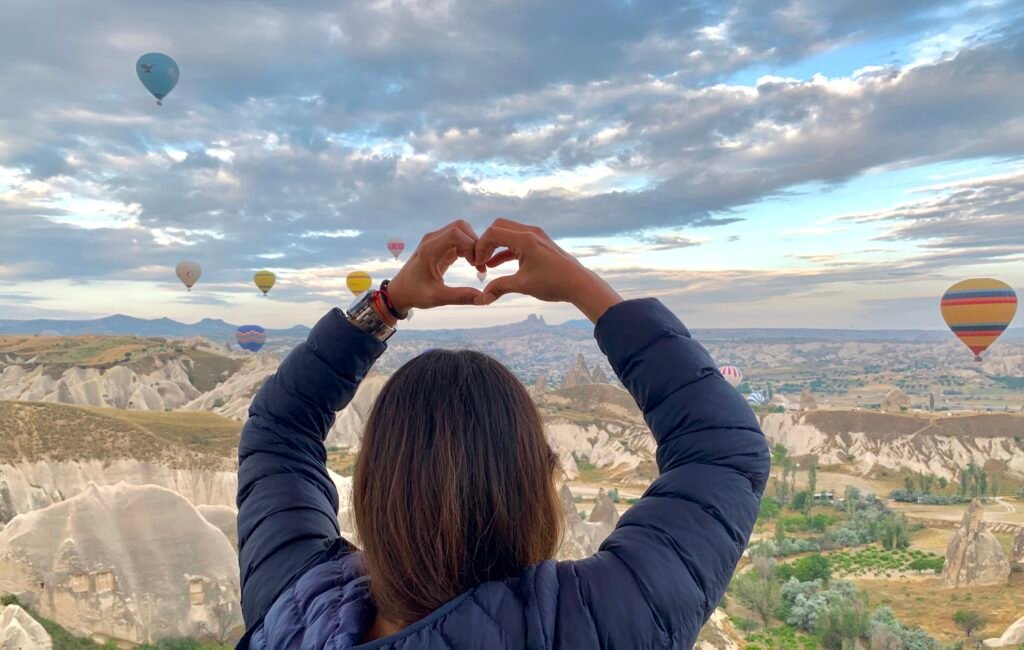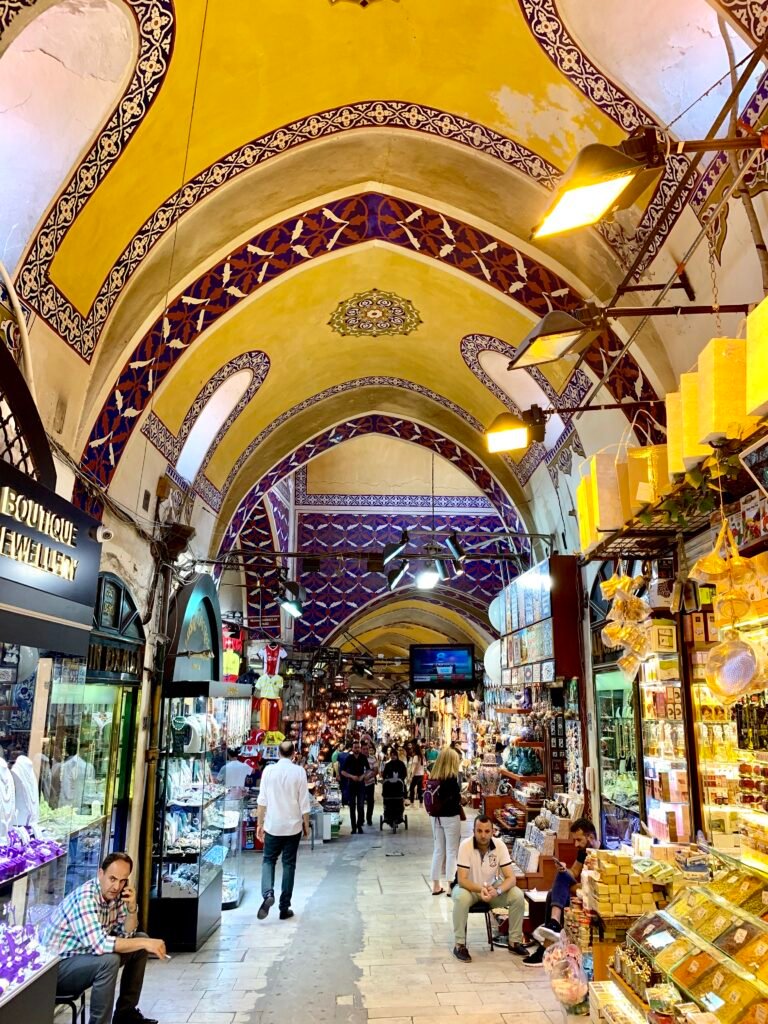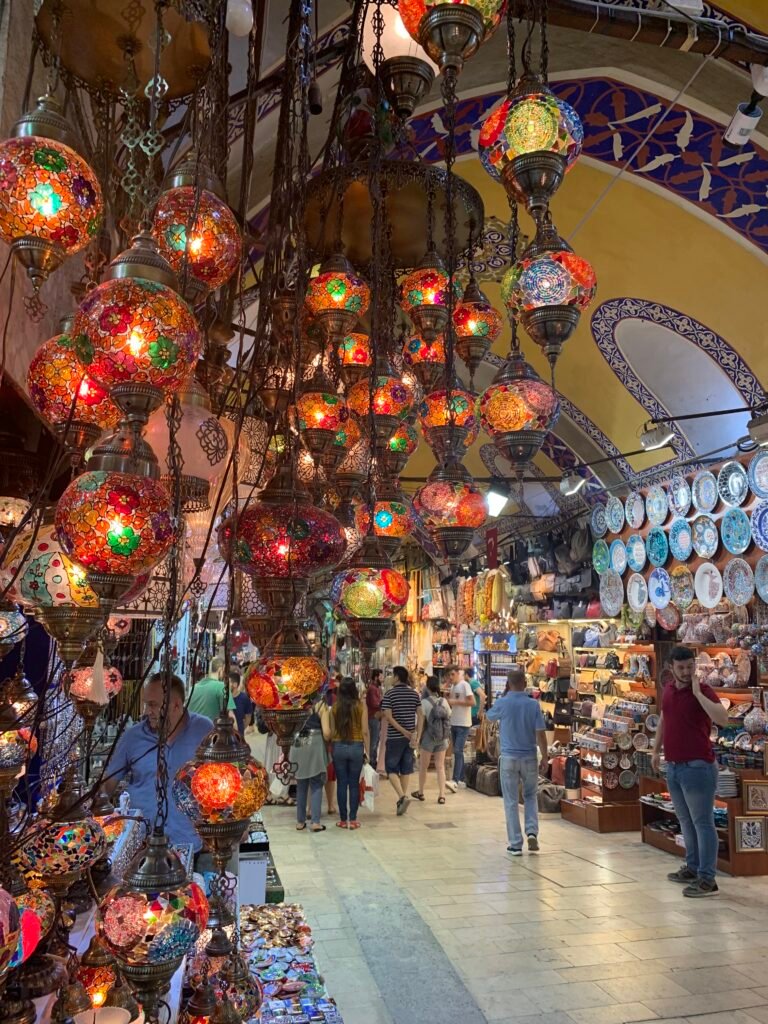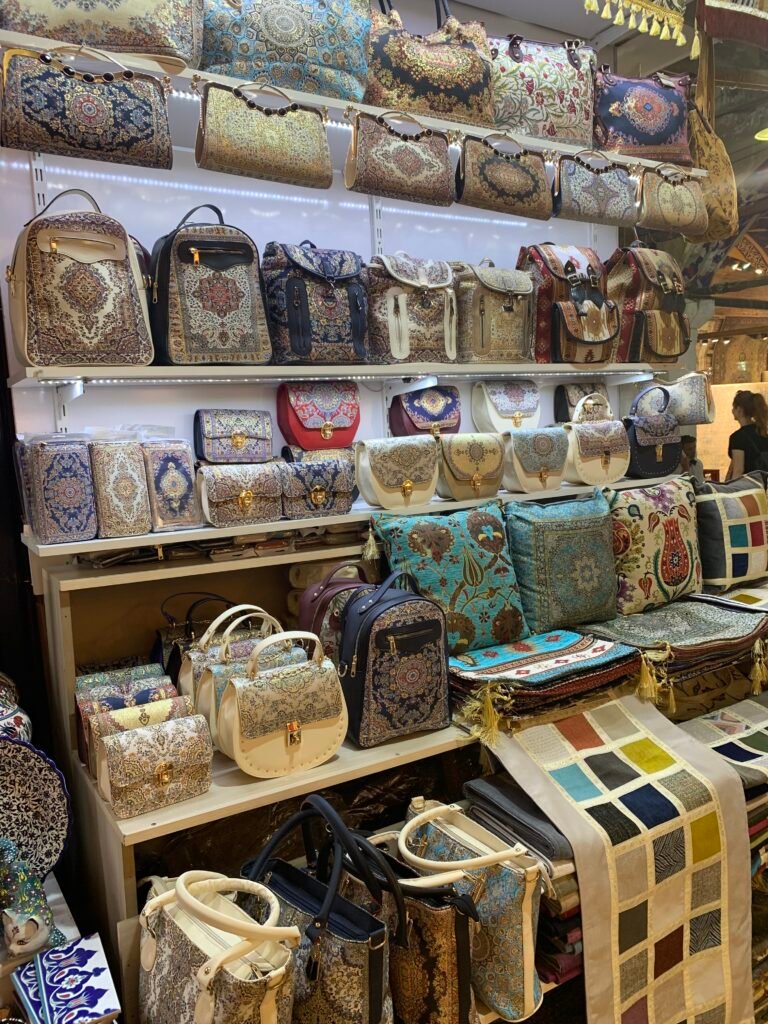It’s Love at first sight. This is how I would describe Prague, capital of the Czech Republic. One of the most romantic and stunning cities in Europe, and known for its large castle and the narrowest street in the world.
Its towers, gothic churches, baroque edifications, red roof tops and labyrinth of alleyways will immerse you in its medieval history. Other spaces bring back the bitter memories of the World Wars, the Nazi invasion and Communism.
Prague is a city that can be known by walking, as its streets are an open museum, but it may take you at least 4 days to get to know it better. Here’s my advice for a weekend visit. Do comply with the proper precautions related to covid19 restrictions.
1.- Observe the Astronomical Clock’s show
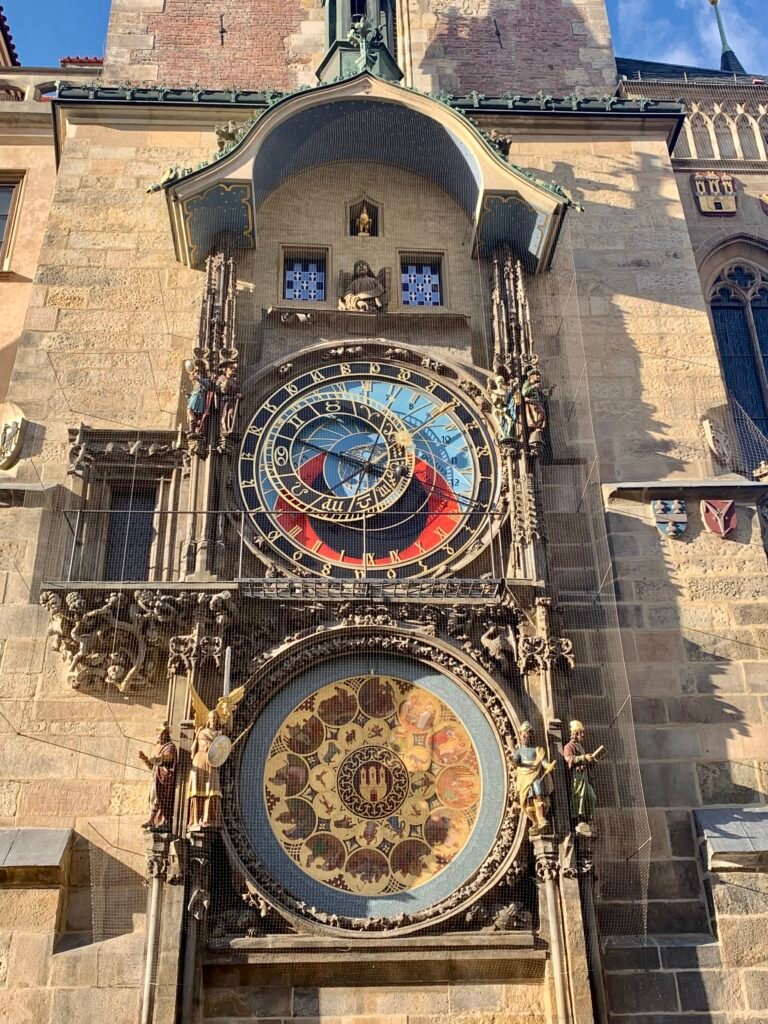
The skeleton pulls the rope, the figures that are allegorical to the vices move along, the 12 apostles appear by the little windows and finally the rooster sings. Hundreds of tourists crowded every change of hour to take part in the most amazing show in Prague.
This has to be your first stop. The clock is on the square of the old city (Staré Mésto area) and it’s been working for more than 600 years. Wow! It can display the time, date, position of celestial bodies and astronomical cycles. Impossible not to shoot a video.
2.- Climb to the Old Town Hall Tower
The best postcards of the medieval city are undoubtedly from the Old Town Hall Tower, above the Astronomical Clock.
It’s 70 meters high (229 feet) and from the top you can see the churches and castles that adorn the city. Its price is 10 USD (250 Czech Koruna, they do not use the Euro).
3.- Visit the Church of Our Lady Tyn
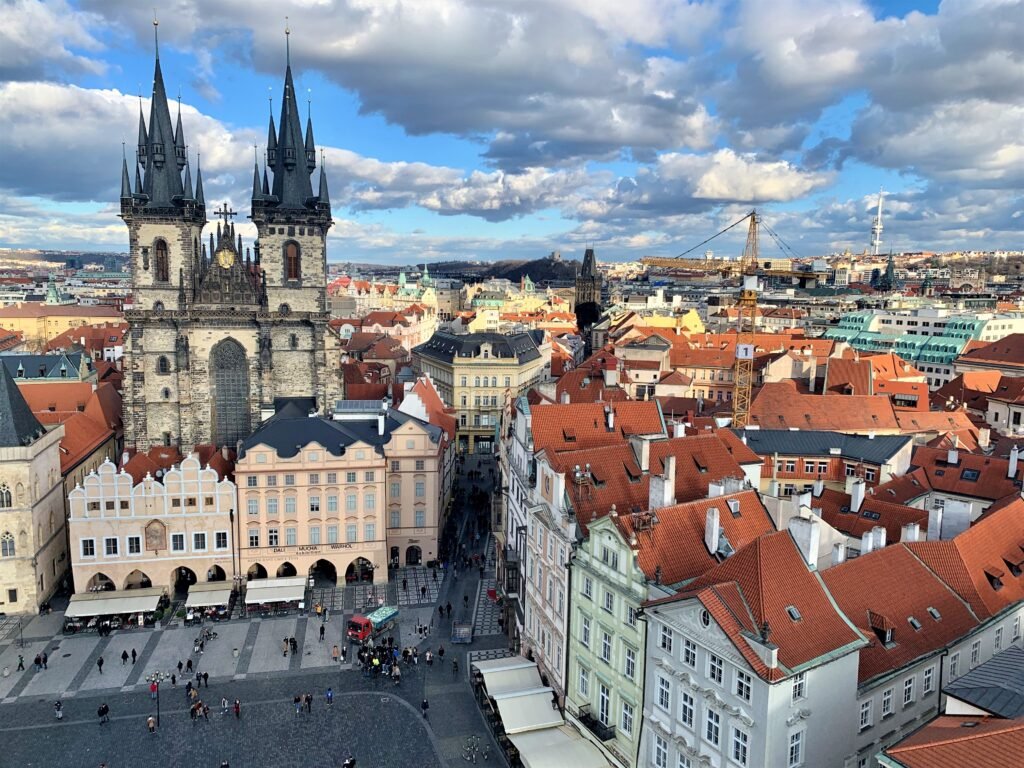
One of the most emblematic gothic monuments in Prague. It’s also its oldest church. Finding the entrance is a bit complicated because it has no facade. The entrance is from a side alley. It’s free of charge, but they ask for a voluntary contribution.
4.- Know the Powder Tower
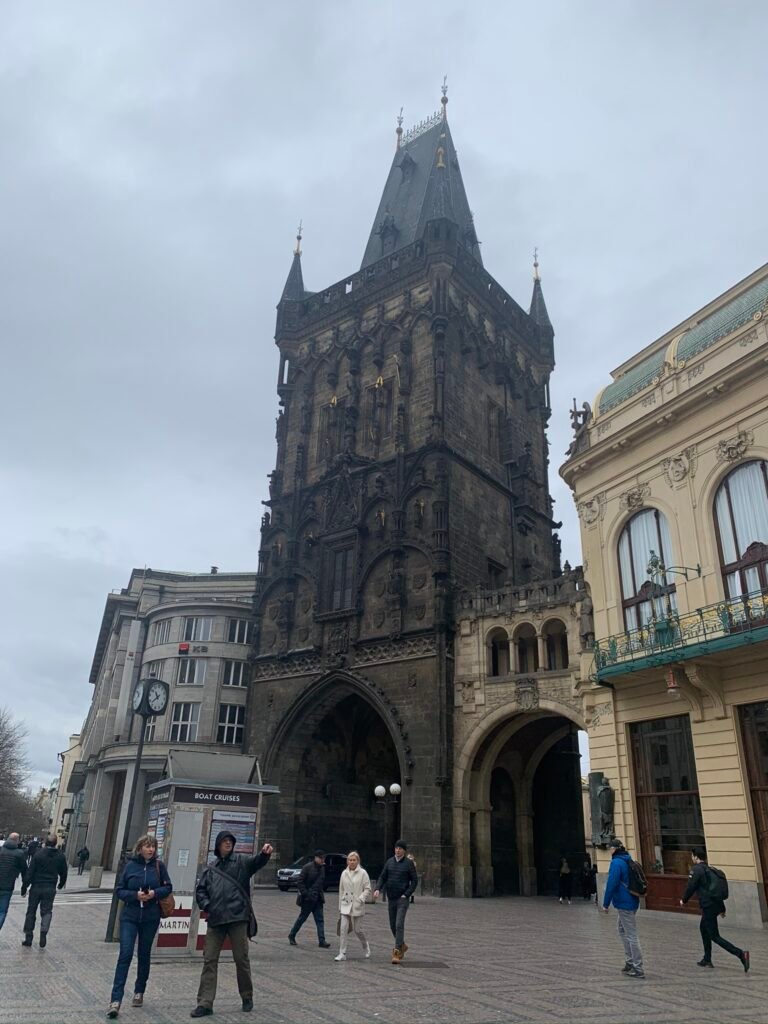
It was the gateway to the old city (13 in total), and as its name indicate, it was where the gunpowder was stored during the 18th century. In the upper area of the tower there is an outdoor terrace. From there, you get great views of the district.
5.- Crossing the Charles Bridge
The best-known areas of Prague are Staré Mésto (old town) and Malá Strana (the new city). The two are connected by the crowded Charles Bridge.
This iconic bridge was built by King Charles IV. Its allure is undeniable: you’ll be surrounded by street artists, who play romantic melodies or sell their paintings. It’s so charming that it makes you want to cross over again and again. Yes, I’m cheesy! The best time is at night, but it’s also worth getting up early and enjoy the place without all the tourists.
6.- Touch the dog of Saint John of Nepomuk for good luck
The Charles Bridge has 30 religious’ sculptures, but they aren’t the originals. Although, the one that visitors are most interested is Saint John of Nepomuk and his dog.
Legend says that the saint was the queen’s confessor. The king, who distrusted his wife, asked Nepomuk about her infidelities and because he didn’t want to reveal the true, his tongue was cut off and he was thrown into the Vltava River from the bridge.
The popular tale says that if you place your left hand on the dog figure (a symbol of fidelity) and make a wish, it will be granted.
7.- Walk around the Malá Strana area
Across the bridge and the old city is the Malá Strana area. Its vibe is more youthful because it’s surrounded by bars, restaurants, galleries, bookstores and shops. Without leaving aside the castle and its churches.
You can find also the Petrín Tower, a small imitation of the Eiffel Tower in Paris, but with the best panoramic view of Prague; the museum of the writer Franz Kafka, and in a few steps, you can’t miss the narrowest street, where a traffic light will tell you whether or not you can walk.
8.- Explore the Prague Castle
It’s the largest in the world, but it isn’t only a castle. It’s an architectural ensemble that also includes palaces, towers, the gothic church of San Vito and the golden lane (the old neighborhood of goldsmiths and where the novelist Kafka lived).
The castle has endured invasions, fires and wars. It was a Nazi headquarter in World War II and later on, the Soviet offices of the communist government operated from there. Now is the official residence of the President.
You probably need to be in good physical condition to climb the hill and the cobbled stands where the circuit begins. But when you go down the steps, there are places to sip a hot wine or beer with a spectacular view. From its downstairs, the metro station is nearby.
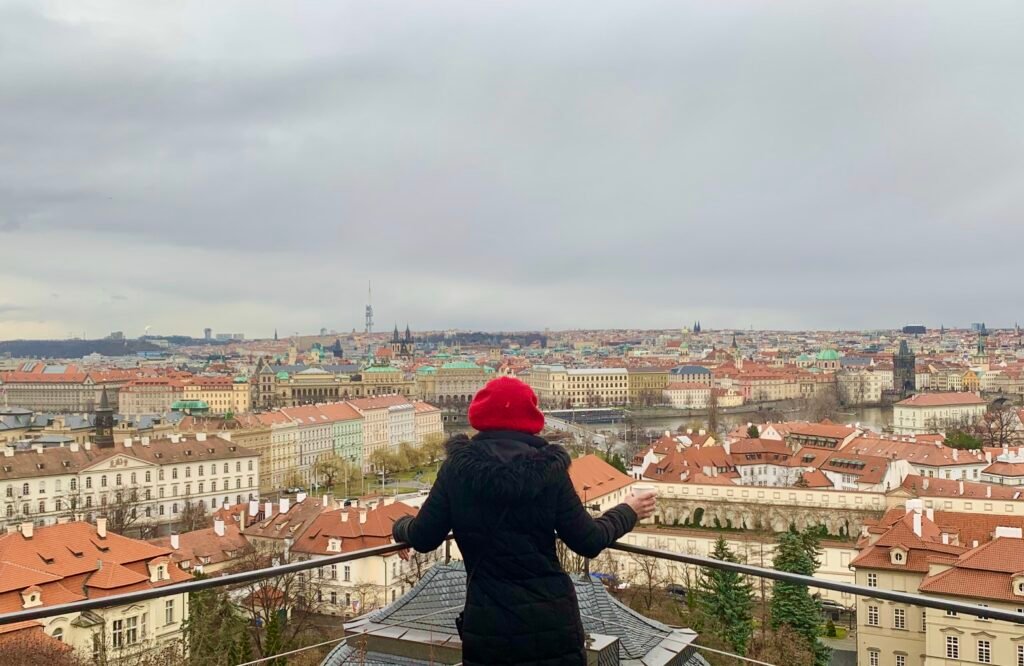
9.- Take a picture on John Lennon’s wall
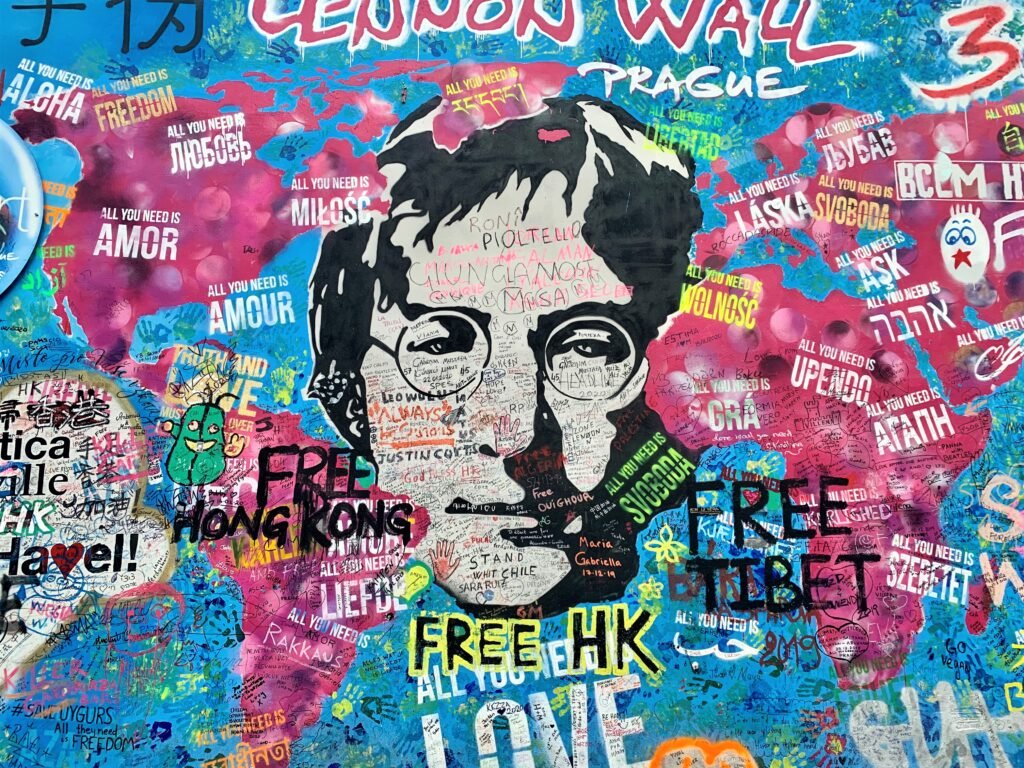
Whether you’re a Beatles fan or not, this is an important stop as it’s the symbol for freedom of speech in Prague. And, why not! You get to listen to some of the songs of the band interpreted by street artists.
It became part of Prague history when John Lennon was murdered in New York in 1980. As part of the world’s tributes, his portrait appeared surrounded by phrases against the communist regime that dominated the Czech Republic that decade. Although the communist authorities continually painted the wall white, they portrayed it repeatedly along with new messages.
10.- Make the route through the David Černý art
The antithesis of the monumental and historic Prague is made up of the peculiar and controversial sculptures of the Czech artist, David Černý. It’s worth appreciating some of his crazy works, created with a tone of social protest.
In Malá Strana and in front of the Kafka museum entrance, you will be surprised by two moving figures who urinate on a pond shaped like the Czech Republic. Returning to the old city, on Husava St, you will have to look well at the sculpture that appears hanging from a beam (Sigmund Freud).
A few steps away, the most sought-after piece by tourists. His great work called Metamorphosis, which is the moving steel head of the writer Kafka on an 11-meter (36 feet) scale
Walking towards Wenceslas Square and hidden in one of its buildings is the sculpture of St. Wenceslas, who is the saint and symbol of Czech identity. This figure’s version shows his horse face down, dead and with the tongue sticking out.
11.- Photograph the Dancing House

If you continue to look for artistic, modern, and out-of-the-ordinary works there is another stop: The Dancing House. A couple of Hollywood dancers inspired this construction, which was initially criticized for its style -nothing linear. Now it’s another icon of the city and you can even climb to the terrace bar and have a drink with the view of the Vltava River.
12.- Try Trdelník, Goulash and craft beers
On every corner of Prague, especially in the old city, you can see locals baking some rolls and then filling them with ice cream. Yummy! It’s the Trdelniks and even if it’s a kilo of sugar you can’t pass the opportunity to try them.
Goulsah is another typical dish, consisting of stewed meat with spices. The taste is quite strong. It’s served with bread or potatoes. The tradition is to have it with a black beer.
And if it’s about beers, the Czechs are known to consume more beer than anywhere else around the world. There are 30 breweries only in Prague. The Pilsner Urquell is one of the well-known.
Before the pandemic, tours of breweries that have been in place for more than a century were organized and, of course, tours of the bars. If you are going by this time is better to check on the official websites so you’re aware of what is open.
To note:
- Prague is an affordable city. Hotel rooms, restaurants, transportation, tours, everything will be much less expensive than other European capitals. The best prices are in winter season.
- The Czech Republic and Slovakia formed Czechoslovakia and separated peacefully in 1993.
- Its language is Czech
- Its currency is the Czech Crown, despite being part of the European Union.
- In the old city, it was easy to find free tours. Of course, leave a tip.
- If you have more time you can add to your list the Jewish neighborhood and cemetery, Wenceslas Square and take a cruise along the Vltava River.








